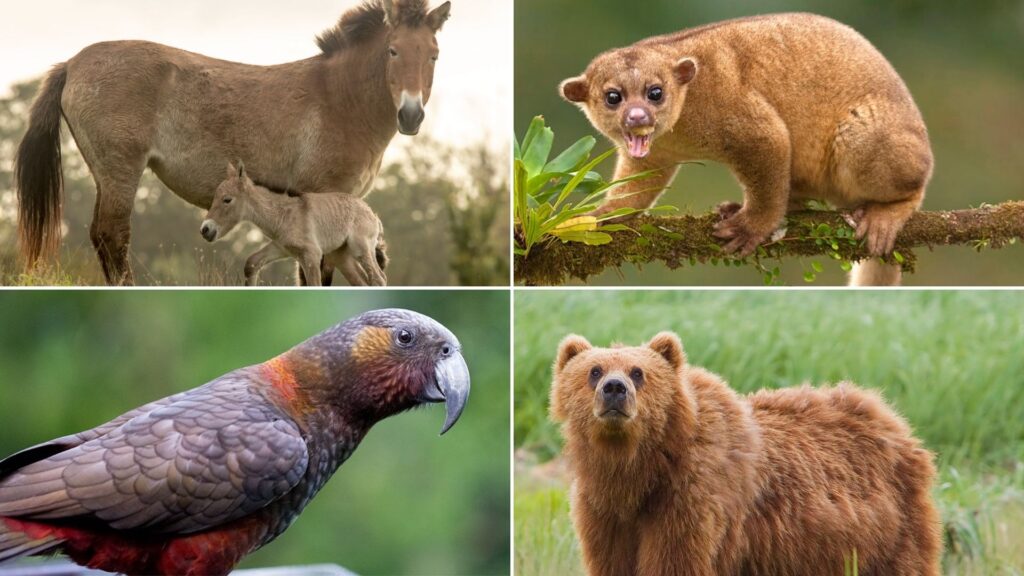Knowing about animals with K can be an exciting journey into the diverse world of wildlife.
From majestic kings of the jungle to tiny creatures hidden in coral reefs, the animal kingdom boasts a glamorous collection of species whose names begin with this letter.
Are you curious about the agile kangaroo or the untouchable kiwi bird? Perhaps you’ve wondered about the koala’s distinctive features or the Komodo dragon’s powerful build.
This list of 30 animals beginning with K will satisfy your curiosity and introduce you to some lesser-known creatures.
Whether you’re an animal enthusiast or simply looking to expand your knowledge, join us as we explore these unique and pleasing animals with K names.
Animals That Start With K
Prepare to meet an interesting collection of animals whose names kick off with the letter K. This group includes creatures from various habitats worldwide, from the Australian outback to African savannas.
You’ll learn about well-known animals and some surprises that might be new to you, all sharing the common thread of a K at the start of their names.
1. Kangaroo
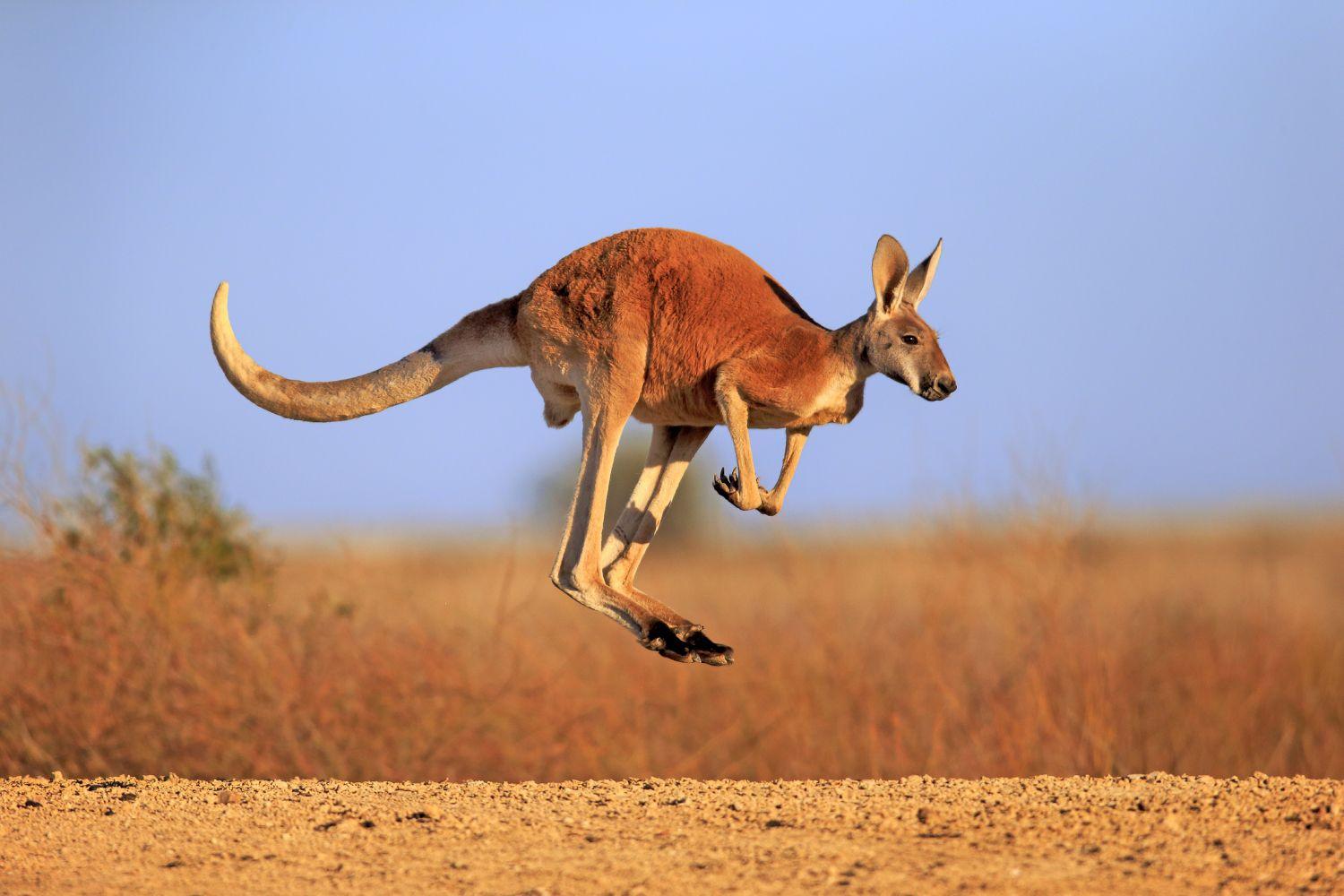
Kangaroos are large marsupials native to Australia. They have powerful hind legs, long tails, and small front legs.
An adult male can reach heights of up to 2 meters (6.5 feet) and weigh up to 90 kg (200 lbs). Females are typically smaller.
Their fur is usually reddish-brown or grey. Kangaroos have large feet and strong tails, which they use to balance when hopping.
• Region of Habitat: Australia and surrounding islands
• Scientific Name: Macropus
• Place of Origin: Australia
• Feeding Habits: Herbivorous, mainly grass and leaves
• What Sound They Make: Cough-like bark
Fun Facts: Kangaroos can’t move backward easily. A group of kangaroos is called a mob. They can hop up to 35 mph (56 km/h) and leap to 25 feet (7.6 meters) in a single bound.
Female kangaroos can pause the development of an embryo until environmental conditions are favorable.
2. Koala
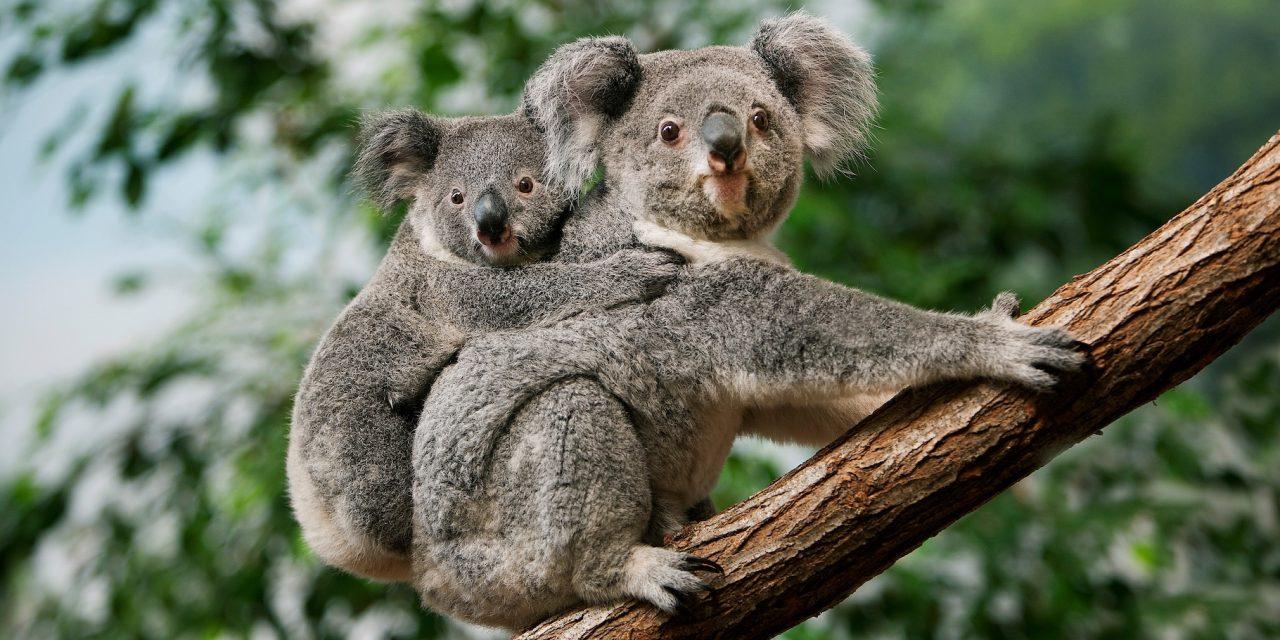
Koalas are tree-dwelling marsupials native to Australia. They have a stout body, large head, and large ears. Koalas typically grow to about 60-85 cm (24-33 inches) in length and weigh between 4-15 kg (9-33 lbs).
Their fur is thick and usually grey with white on the underside and inside the ears. They have strong limbs with sharp claws for climbing trees.
• Region of Habitat: Eastern and Southern Australia
• Scientific Name: Phascolarctos cinereus
• Place of Origin: Australia
• Feeding Habits: Herbivorous, primarily eucalyptus leaves
• What Sound They Make: Low bellows and snores
Fun Facts: Due to their low-energy diet, koalas sleep up to 20 hours daily. They rarely need water, getting most of their moisture from eucalyptus leaves.
Koalas have unique fingerprints, just like humans. They have one of the smallest brain-to-body ratios of any mammal.
3. Kiwi
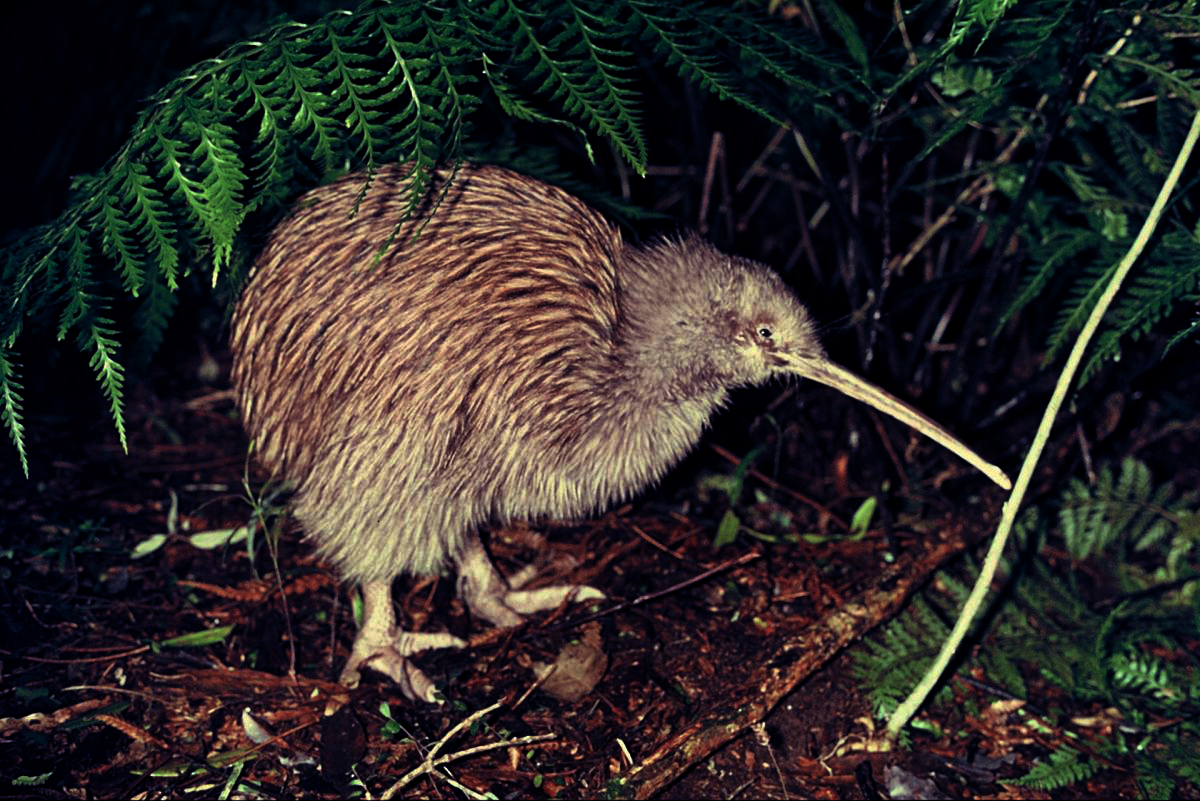
Kiwis are flightless birds native to New Zealand. They are about the size of a domestic chicken, standing 35-45 cm (14-18 inches) tall and weighing 2-6 kg (4.4-13.2 lbs).
Kiwis have a round body, a small head, and a long, slender bill. Their feathers are hair-like, and their wings are tiny and hidden under their feathers. Kiwis have strong legs and feet for running and digging.
• Region of Habitat: New Zealand
• Scientific Name: Apteryx
• Place of Origin: New Zealand
• Feeding Habits: Omnivorous, insects, worms, fruit, and seeds
• What Sound They Make: High-pitched whistles and grunts
Fun Facts: Kiwis are the only birds with nostrils at the end of their beaks. They have the largest egg, about the body size of any bird – up to 20% of the female’s weight.
Kiwis are nocturnal and have poor eyesight, relying more on their sense of smell.
4. King Cobra
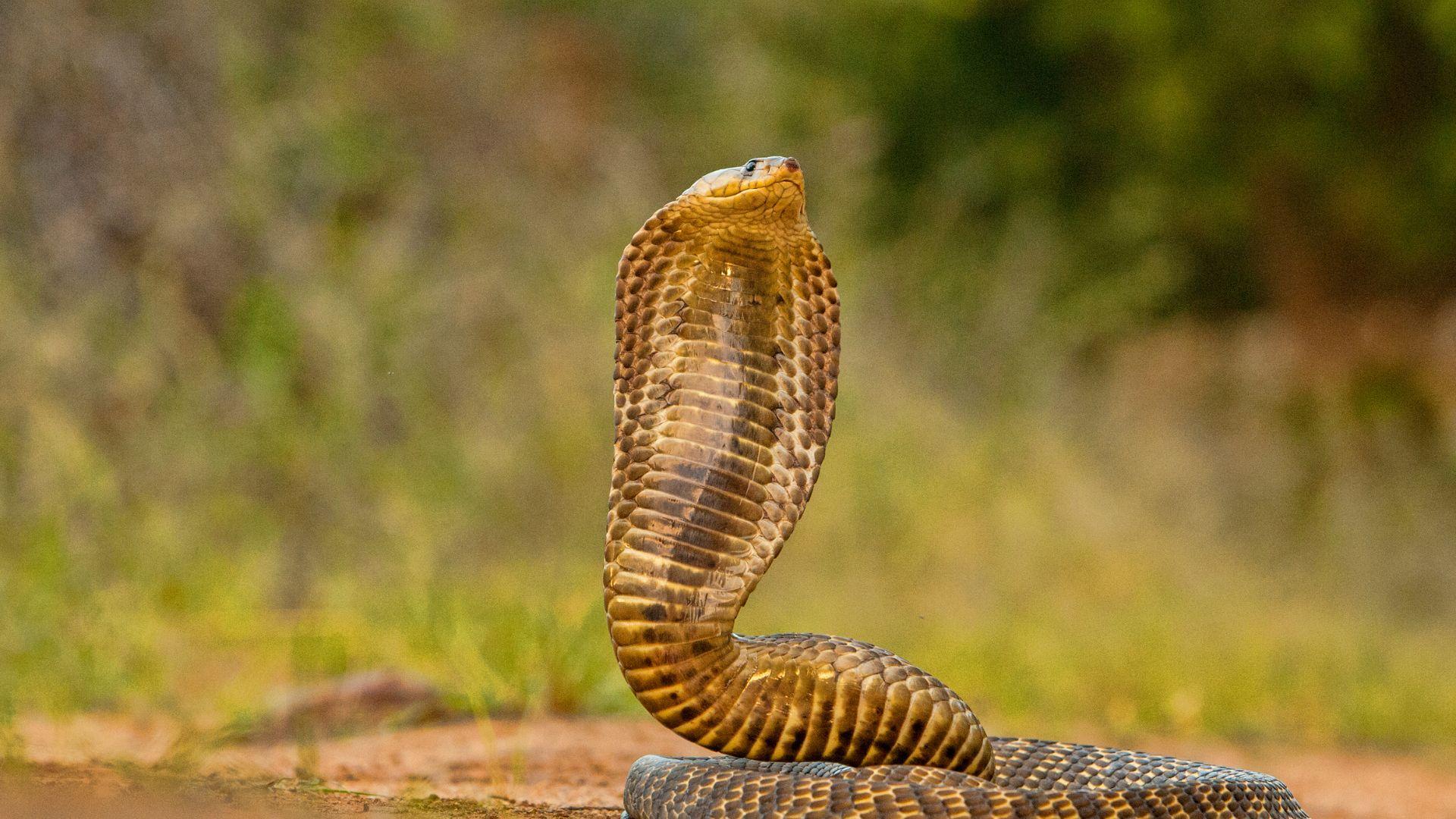
The King Cobra is the world’s longest venomous snake, reaching lengths of up to 5.5 meters (18 feet) and weighing up to 6 kg (13 lbs).
It has a distinctive hood that it spreads when threatened. The snake’s coloration varies from black to dark olive green, with lighter bands across its body.
It has a smooth, sleek appearance with large scales on its head.
• Region of Habitat: South and Southeast Asia
• Scientific Name: Ophiophagus hannah
• Place of Origin: Indian subcontinent and Southeast Asia
• Feeding Habits: Carnivorous, primarily other snakes
• What Sound They Make: Hiss and growl
Fun Facts: King Cobras are the only snakes that build nests for their eggs. They can raise the front third of their body off the ground and move forward to pursue prey.
Despite their name, King Cobras are not true cobras – they belong to their genus.
5. Killer Whale
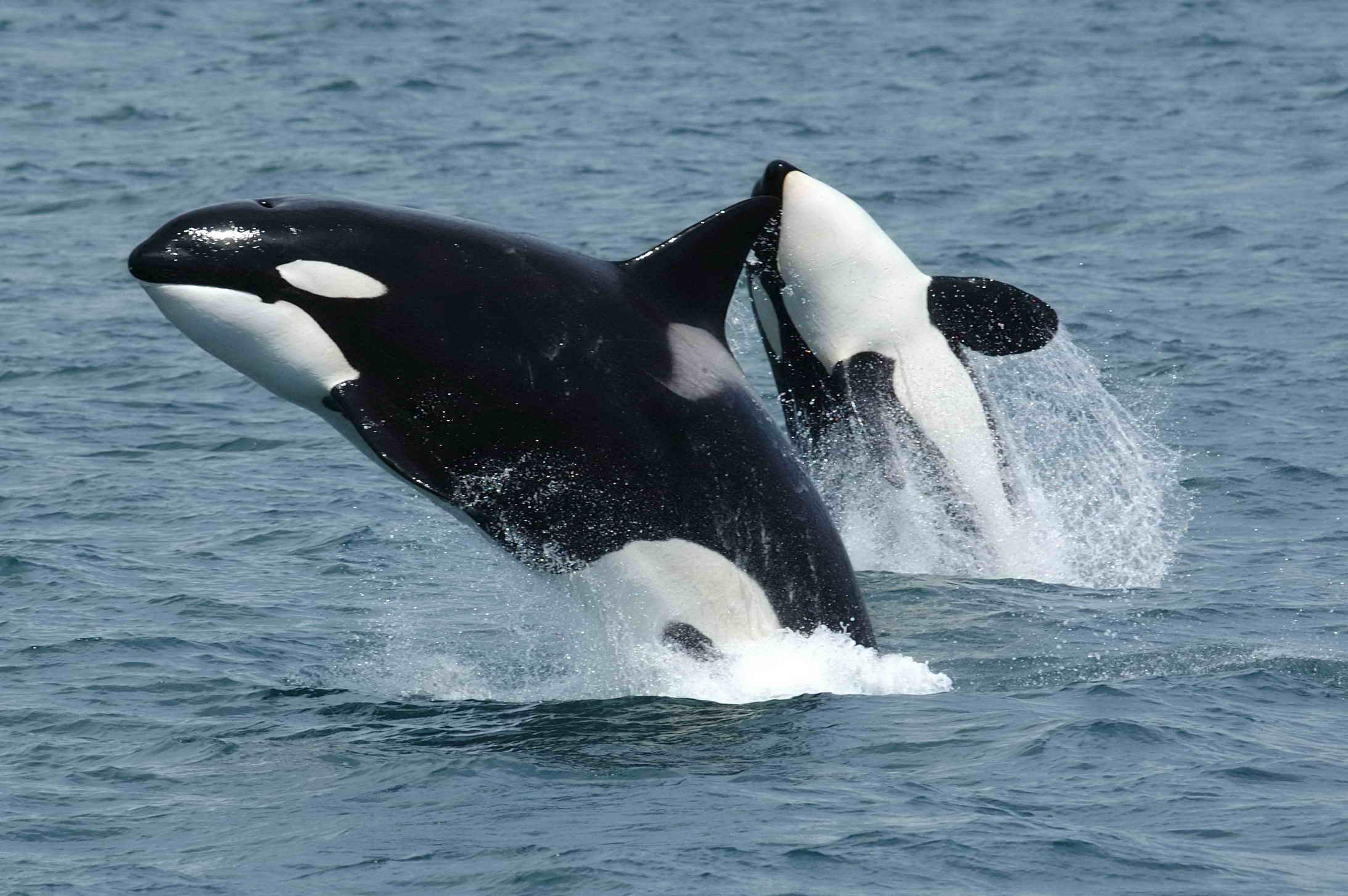
Killer Whales, also known as Orcas, are the largest members of the dolphin family. They have a distinctive black-and-white coloration with a white patch above and behind the eye.
Adult males can grow up to 9.8 meters (32 feet) long and weigh up to 10,000 kg (22,000 lbs). Females are slightly smaller. They have a large dorsal fin and paddle-shaped pectoral fins.
• Region of Habitat: All oceans
• Scientific Name: Orcinus orca
• Place of Origin: Believed to have originated in the North Pacific
• Feeding Habits: Carnivorous, fish, seals, and other marine mammals
• What Sound They Make: Clicks, whistles, and pulsed calls
Fun Facts: Killer Whales are highly intelligent and social animals. They live in family groups called pods. Each pod has its dialect of sounds.
Killer Whales are apex predators with no natural enemies. Some populations are known to beach themselves to intentionally catch seals on land.
6. Komodo Dragon
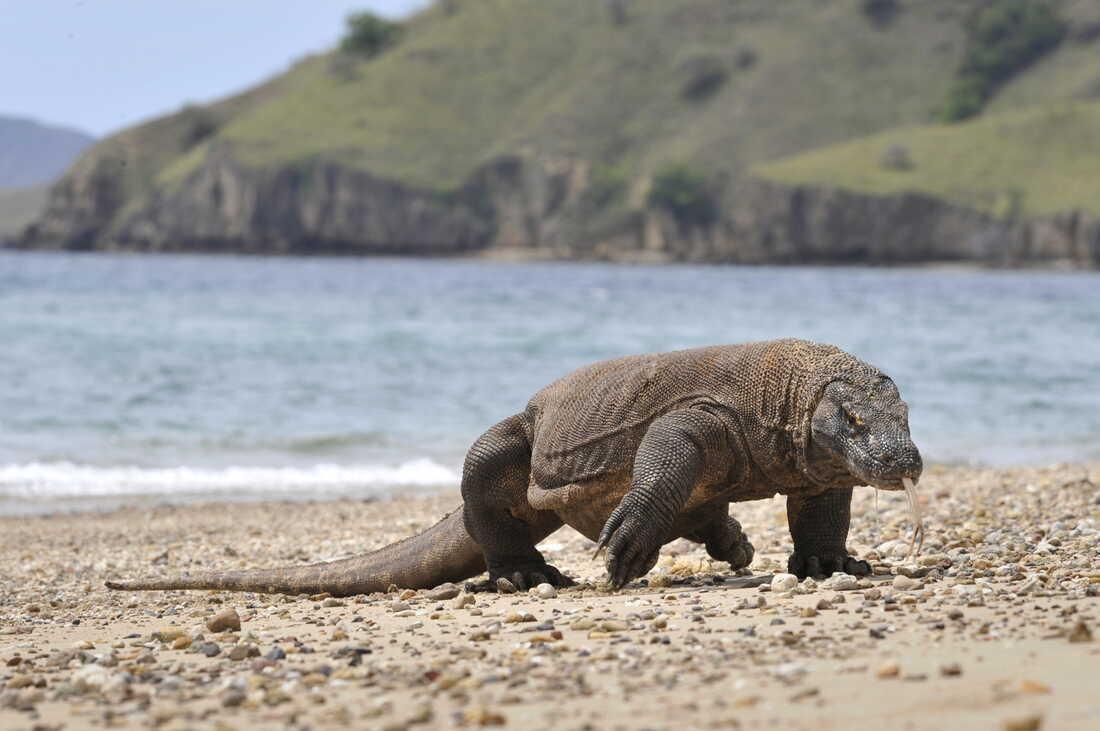
The Komodo Dragon is the largest living lizard species, growing up to 3 meters (10 feet) in length and weighing up to 70 kg (154 lbs).
They have a long, flat head, rounded snout, scaly skin, bowed legs, and a huge, muscular tail.
Their coloration is a dull, earthy brown or grey, providing excellent camouflage in their habitat.
• Region of Habitat: Indonesian islands
• Scientific Name: Varanus komodoensis
• Place of Origin: Indonesia
• Feeding Habits: Carnivorous, large prey including deer and pigs
• What Sound They Make: Hiss and growl
Fun Facts: Komodo Dragons can eat up to 80% of their body weight in a single meal. Their vicious bite was discovered only in 2009.
These lizards can reproduce parthenogenetically, meaning females can produce offspring without male fertilization.
7. Kingfisher
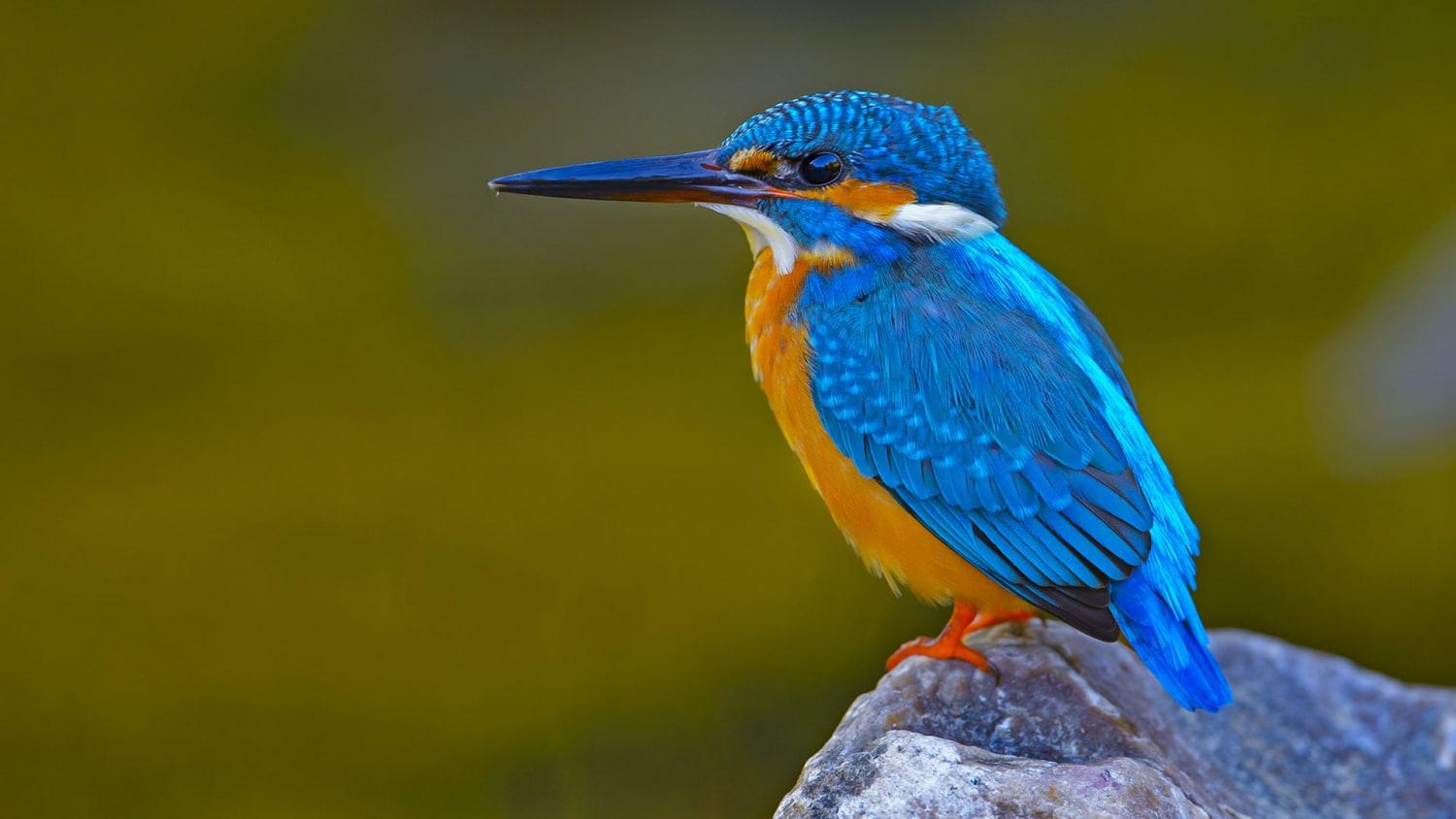
Kingfishers are small to medium-sized birds known for their bright plumage and large heads. They typically have short tails, large beaks, and small feet.
Their size varies greatly among species, ranging from 10 cm (4 inches) to 45 cm (18 inches) in length. Most species have bright colors, often in shades of blue and orange.
• Region of Habitat: Worldwide, except polar regions
• Scientific Name: Alcedinidae
• Place of Origin: Old World tropics
• Feeding Habits: Carnivorous, fish, amphibians, and small reptiles
• What Sound They Make: Sharp, high-pitched calls
Fun Facts: Despite their name, many kingfisher species do not eat fish or live near water. Some species use their beaks to dig tunnels for nesting.
The Laughing Kookaburra, the largest kingfisher species, is known for its distinctive call that sounds like human laughter.
8. Kookaburra
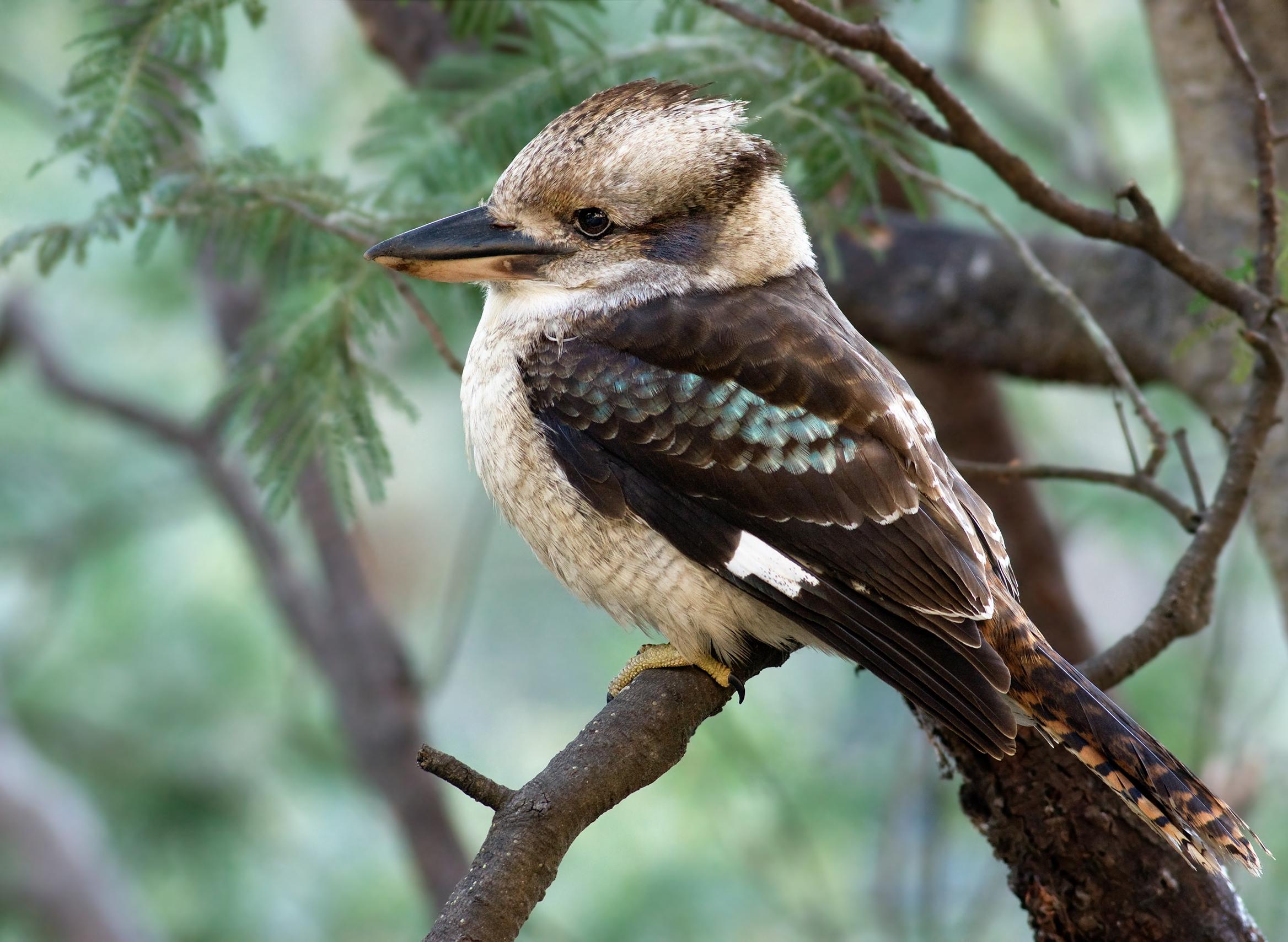
The Kookaburra is a large tree kingfisher native to Australia and New Guinea. It measures 28-42 cm (11-17 inches) in length and weighs 190-465 grams (6.7-16.4 oz).
Kookaburras have a stout body, a large head, and a very large, powerful beak. Their plumage is mostly brown and white, with blue on the wings in some species.
• Region of Habitat: Australia and New Guinea
• Scientific Name: Dacelo
• Place of Origin: Australia
• Feeding Habits: Carnivorous, small reptiles, insects, and rodents
• What Sound They Make: Loud, laughing call
Fun Facts: The Kookaburra’s call is often used in movies to depict jungle scenes, even in films set in areas where Kookaburras don’t live.
They are known as the “bushman’s clock” because they call at dawn and dusk. Kookaburras often steal food from each other and other birds.
9. Kangaroo Rat
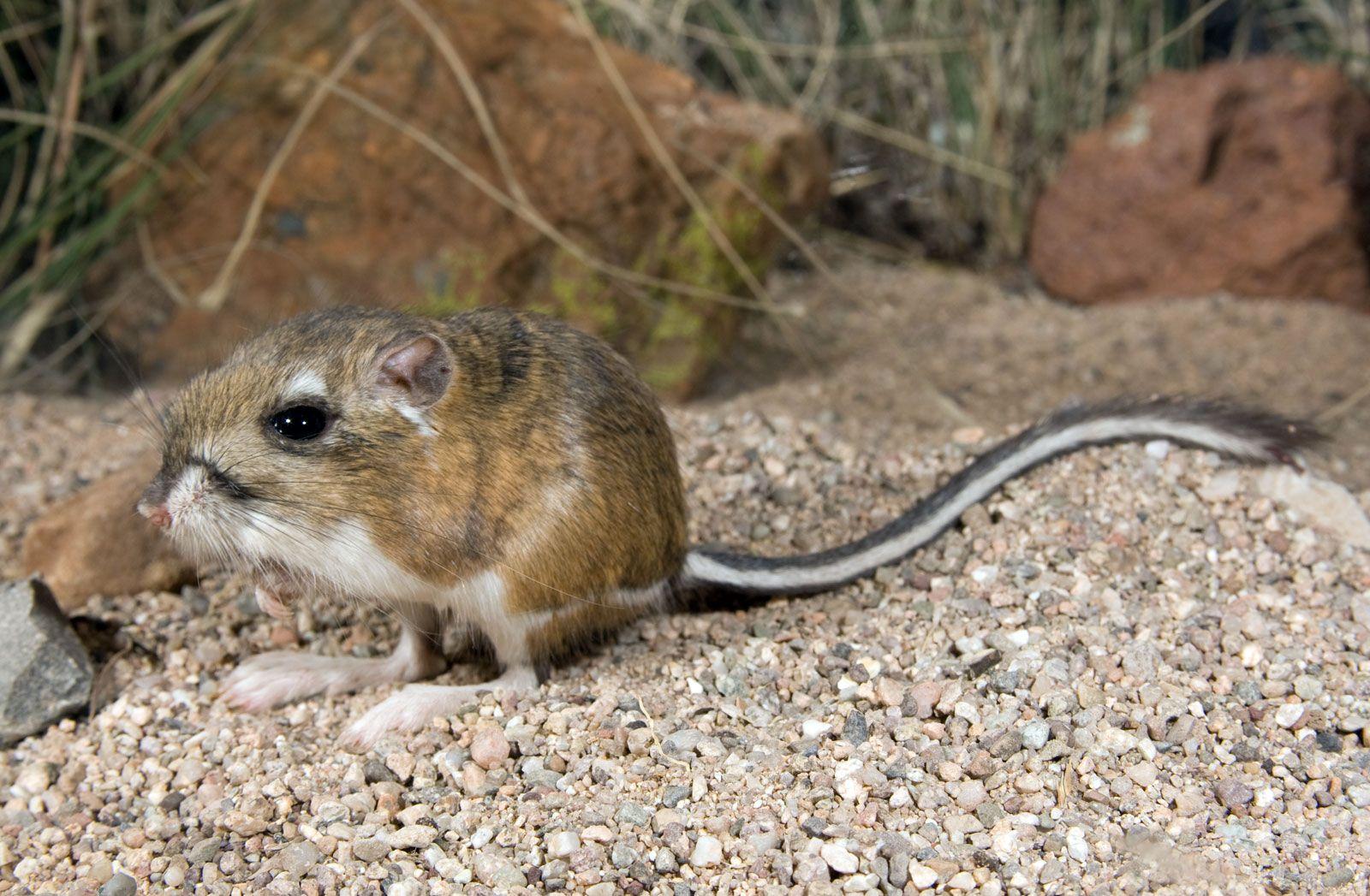
Kangaroo Rats are small rodents native to North America. They measure about 10-20 cm (4-8 inches) in body length and have tails equal to or longer than their bodies.
They have large hind legs, small front legs, and a long, tufted tail. Their fur is typically light brown or tan on top and white underneath.
• Region of Habitat: Arid regions of North America
• Scientific Name: Dipodomys
• Place of Origin: North America
• Feeding Habits: Herbivorous, seeds and plant matter
• What Sound They Make: Soft chirps and foot drumming
Fun Facts: Kangaroo Rats can leap up to 2 meters (6 feet) in a single bound. They can survive without ever drinking water, getting all their moisture from the seeds they eat.
These rodents have highly efficient kidneys that allow them to conserve water in their arid habitat.
10. Katydid
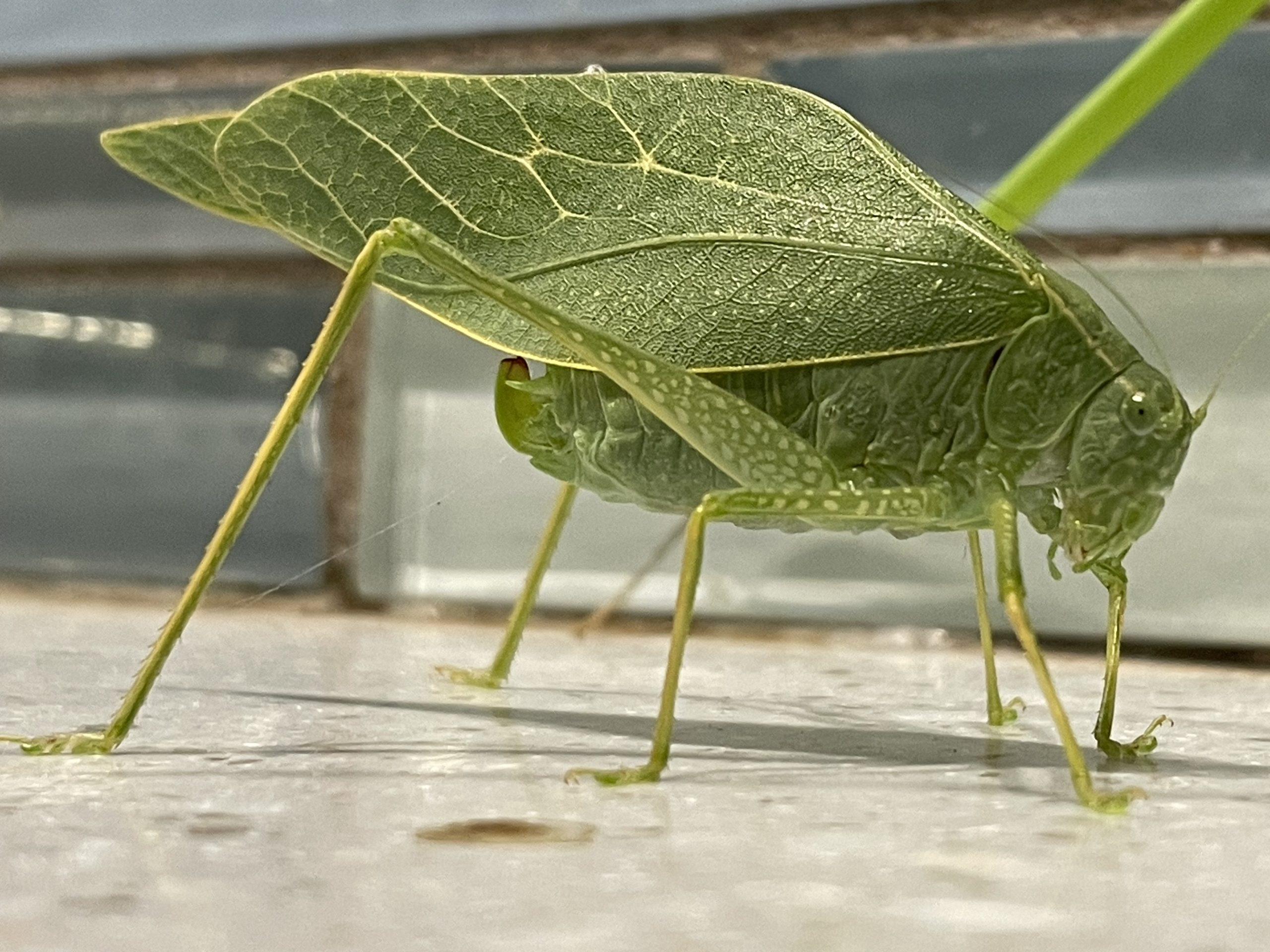
Katydids are medium-to-large insects related to crickets and grasshoppers. Depending on the species, they typically measure 4-60 mm (0.16-2.4 inches) in length.
Most katydids are green, mimicking the leaves among which they live. They have long antennae, strong hind legs for jumping, and wings that resemble leaves.
• Region of Habitat: Worldwide, except Antarctica
• Scientific Name: Tettigoniidae
• Place of Origin: Believed to have originated in the tropics
• Feeding Habits: Omnivorous, leaves, flowers, and small insects
• What Sound They Make: Loud chirping or buzzing
Fun Facts: The name “katydid” comes from the sound of their call, which some people interpret as “Katy did, Katy didn’t.” Some species of katydid have ears on their front legs.
Many katydids are masters of camouflage, with some tropical species looking almost exactly like leaves.
11. Kestrel
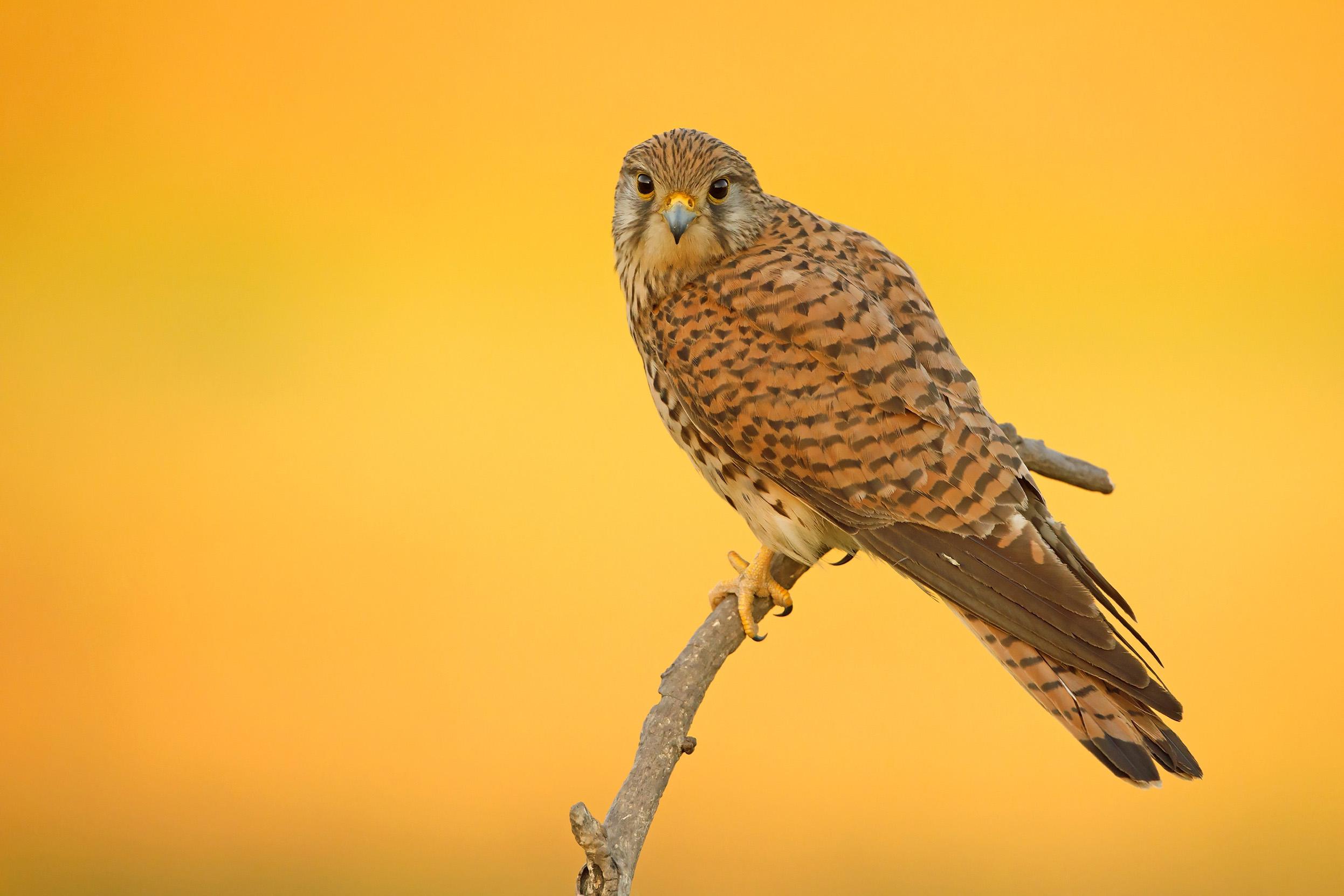
Kestrels are small falcons found on every continent except Antarctica. They typically measure 22-35 cm (9-14 inches) in length with a wingspan of 50-80 cm (20-31 inches).
Kestrels have a distinctive plumage with a rufous back and tail and dark spots on their underside. They have a hooked beak and sharp talons typical of raptors.
• Region of Habitat: Worldwide, except Antarctica
• Scientific Name: Falco
• Place of Origin: Old World
• Feeding Habits: Carnivorous, small mammals, birds, and insects
• What Sound They Make: High-pitched “klee-klee-klee” call
Fun Facts: Kestrels can see ultraviolet light, which helps them track the urine trails of prey. They are known for their ability to hover in mid-air while scanning the ground for prey.
The American Kestrel is the smallest falcon in North America.
12. Kinkajou
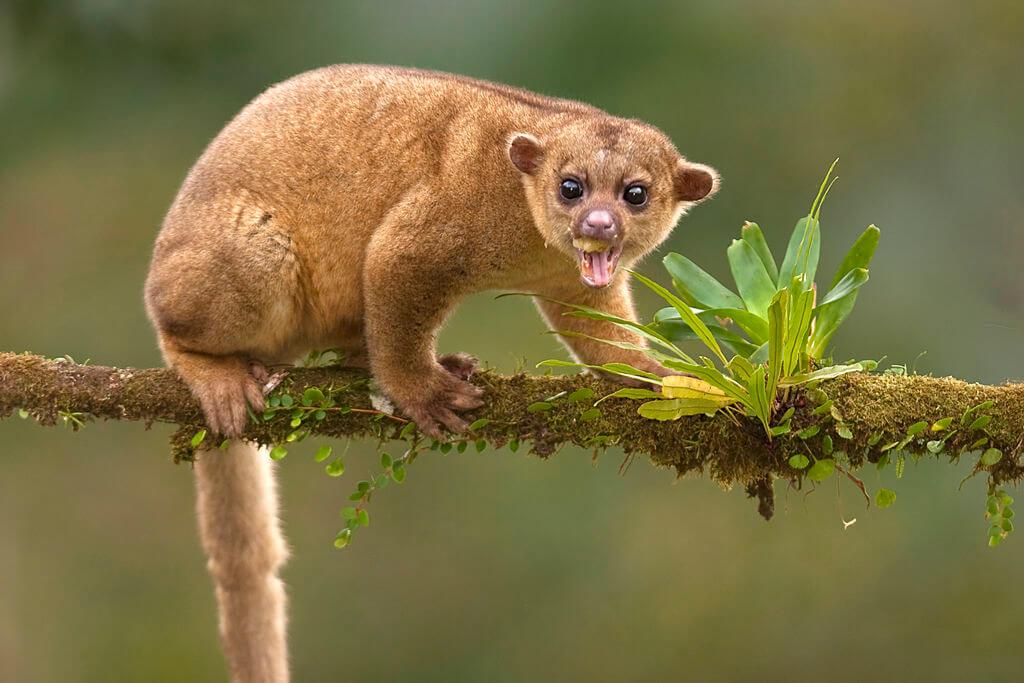
The Kinkajou is a tropical rainforest mammal related to raccoons. Its body is about 40-60 cm (16-24 inches), and its tail is similar.
Kinkajous weigh 1.4-4.6 kg (3-10 lbs) and have short, soft fur that is typically golden or brownish.
Their most distinctive feature is their prehensile tail, which they use for climbing and balance.
• Region of Habitat: Central and South America
• Scientific Name: Potos flavus
• Place of Origin: Tropical Americas
• Feeding Habits: Omnivorous, primarily fruit
• What Sound They Make: High-pitched squeaks and barks
Fun Facts: Kinkajous are sometimes called “honey bears” due to their fondness for honey.
They can turn their feet backward, allowing them to run easily in either direction along branches or up and down trunks. Kinkajous play an important role in seed dispersal in tropical forests.
13. King Penguin
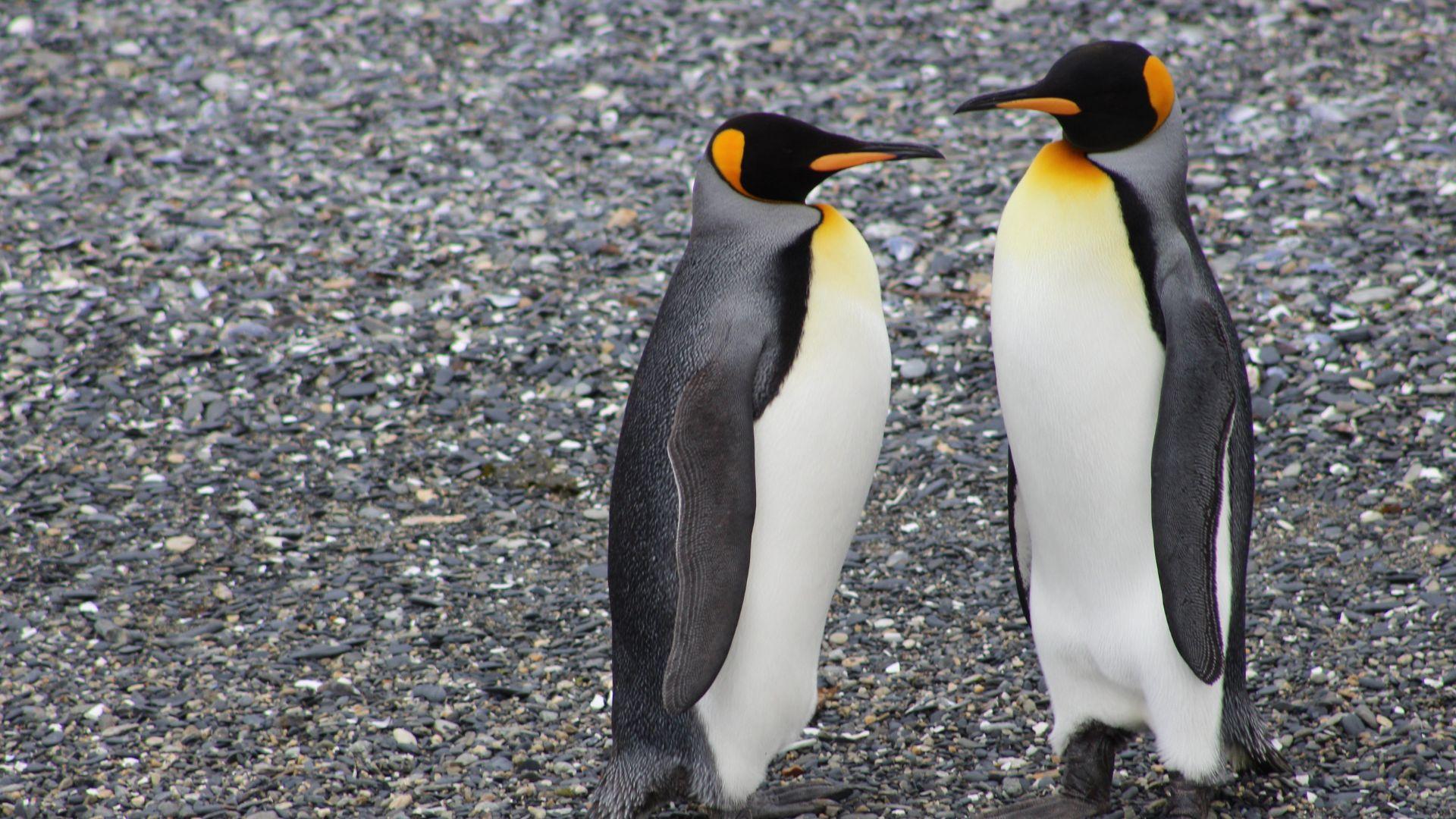
King Penguins are the second-largest species of penguin, standing about 90 cm (35 inches) tall and weighing 11-16 kg (24-35 lbs).
They have a distinctive appearance with a black head, bright orange ear patches, and a slender black beak.
Their back is bluish-black, contrasting with their white front. They have flipper-like wings adapted for swimming.
• Region of Habitat: Sub-Antarctic islands
• Scientific Name: Aptenodytes patagonicus
• Place of Origin: Southern Ocean
• Feeding Habits: Carnivorous, fish and squid
• What Sound They Make: Loud trumpet-like calls
Fun Facts: King Penguins don’t make nests; instead, they incubate their single egg on their feet, covered by a flap of abdominal skin.
They can dip to depths of over 300 meters (980 feet) for food. King Penguins have four layers of feathers to keep them warm in the cold Southern Ocean.
14. Kakapo
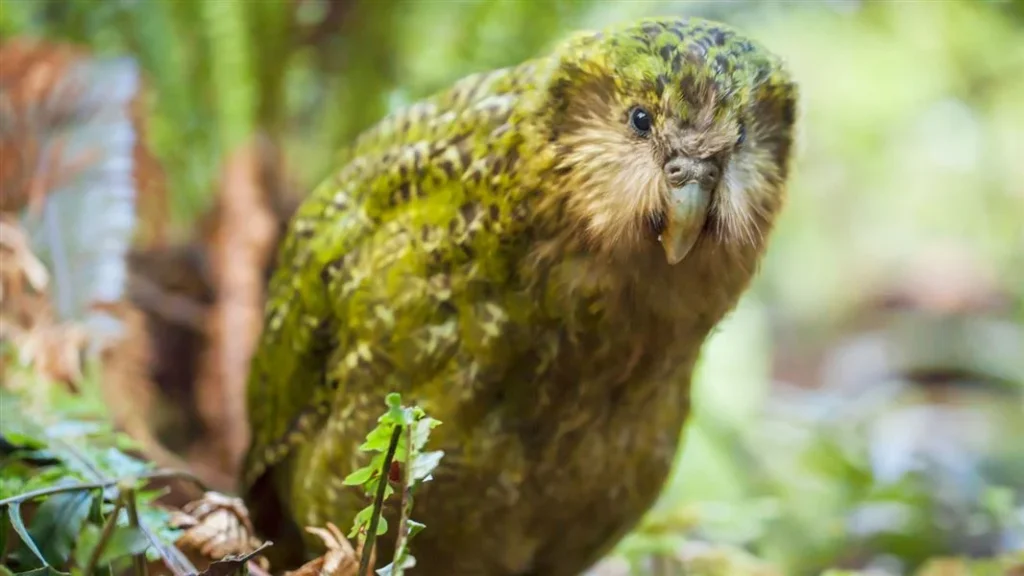
The Kakapo is a large, flightless parrot native to New Zealand. It’s one of the heaviest parrots, weighing up to 4 kg (9 lbs) and measuring about 60 cm (24 inches) in length.
Kakapos have mottled yellow-green plumage, a large grey beak, short legs, large feet, and small wings. Despite their size, they are excellent climbers.
• Region of Habitat: New Zealand
• Scientific Name: Strigops habroptilus
• Place of Origin: New Zealand
• Feeding Habits: Herbivorous, plants, seeds, and fruits
• What Sound They Make: Loud booming call and high-pitched metallic “ching”
Fun Facts: Kakapos are the only flightless parrots in the world. They are also nocturnal and the longest-living birds, potentially reaching 100 years of age.
Kakapos are critically endangered, with only about 200 individuals left in the wild.
15. Koi Fish
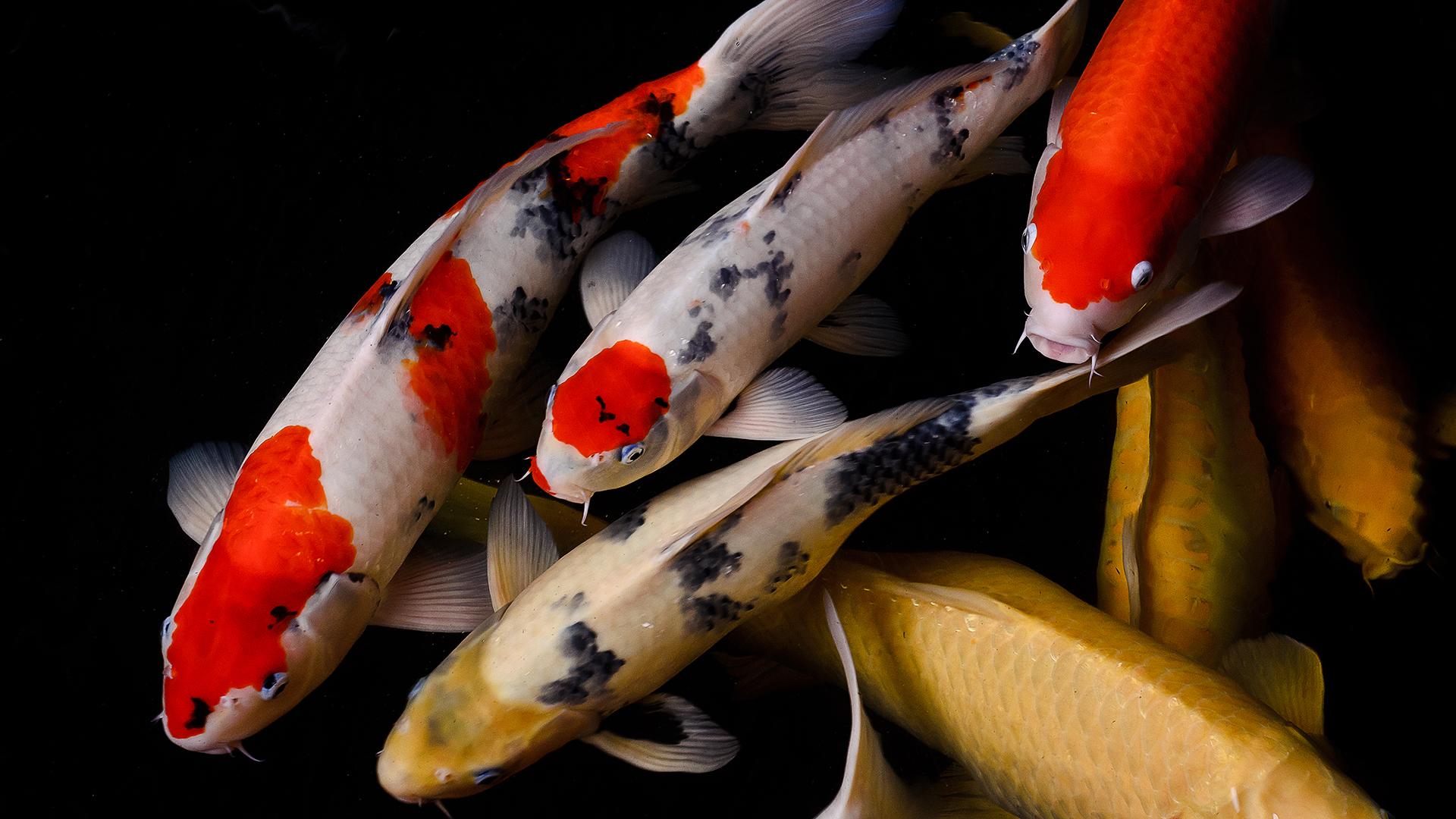
Koi are colorful varieties of the Amur carp, domesticated for decorative purposes. They typically grow to 60-90 cm (24-36 inches) in length but can reach up to 120 cm (47 inches).
Koi come in various colors: white, black, red, yellow, blue, and cream. They have large, elongated bodies and fins.
• Region of Habitat: Ornamental ponds worldwide, originally from East Asia
• Scientific Name: Cyprinus rubrofuscus
• Place of Origin: China
• Feeding Habits: Omnivorous, aquatic plants, insects, and small fish
• What Sound They Make: No vocal sounds, but they can make splashing noises
Fun Facts: Koi can live for several decades, with some reportedly living over 200 years.
They can recognize the person who feeds them and be trained to eat by hand. “koi” comes from the Japanese word for “carp.”
16. Kodiak Bear
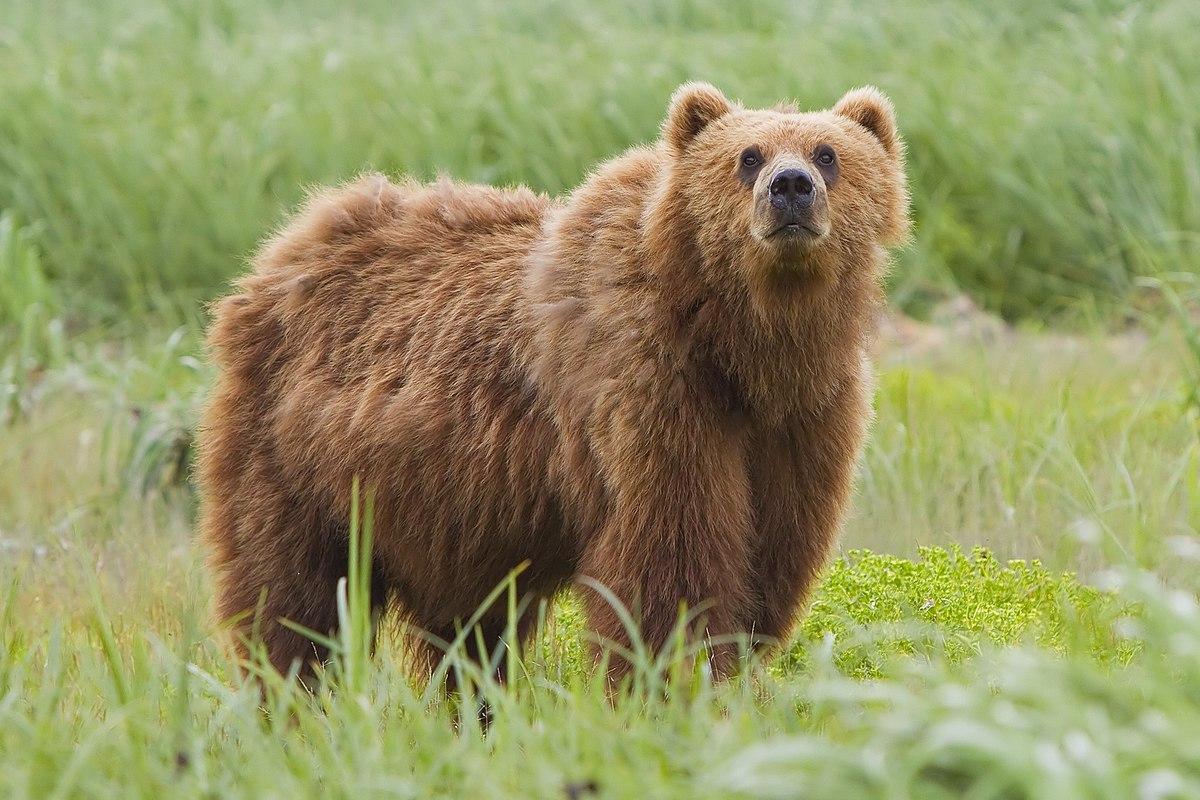
The Kodiak Bear is a subspecies of brown bear native to the Kodiak Archipelago in Alaska.
They are among the largest bears in the world, with males standing up to 1.5 meters (5 feet) at the shoulder when on all fours and weighing up to 680 kg (1,500 lbs).
They have a distinctive hump between their shoulders and thick, brown fur.
• Region of Habitat: Kodiak Archipelago, Alaska
• Scientific Name: Ursus arctos middendorffi
• Place of Origin: Kodiak Islands, Alaska
• Feeding Habits: Omnivorous, salmon, berries, and vegetation
• What Sound They Make: Growls, roars, and huffs
Fun Facts: Despite their large size, Kodiak Bears are excellent swimmers and can run up to 40 km/h (25 mph). They are also among the most skilled anglers of all bear species.
Kodiak Bears have been isolated from other bears for about 12,000 years, leading to their distinct characteristics.
17. King Vulture
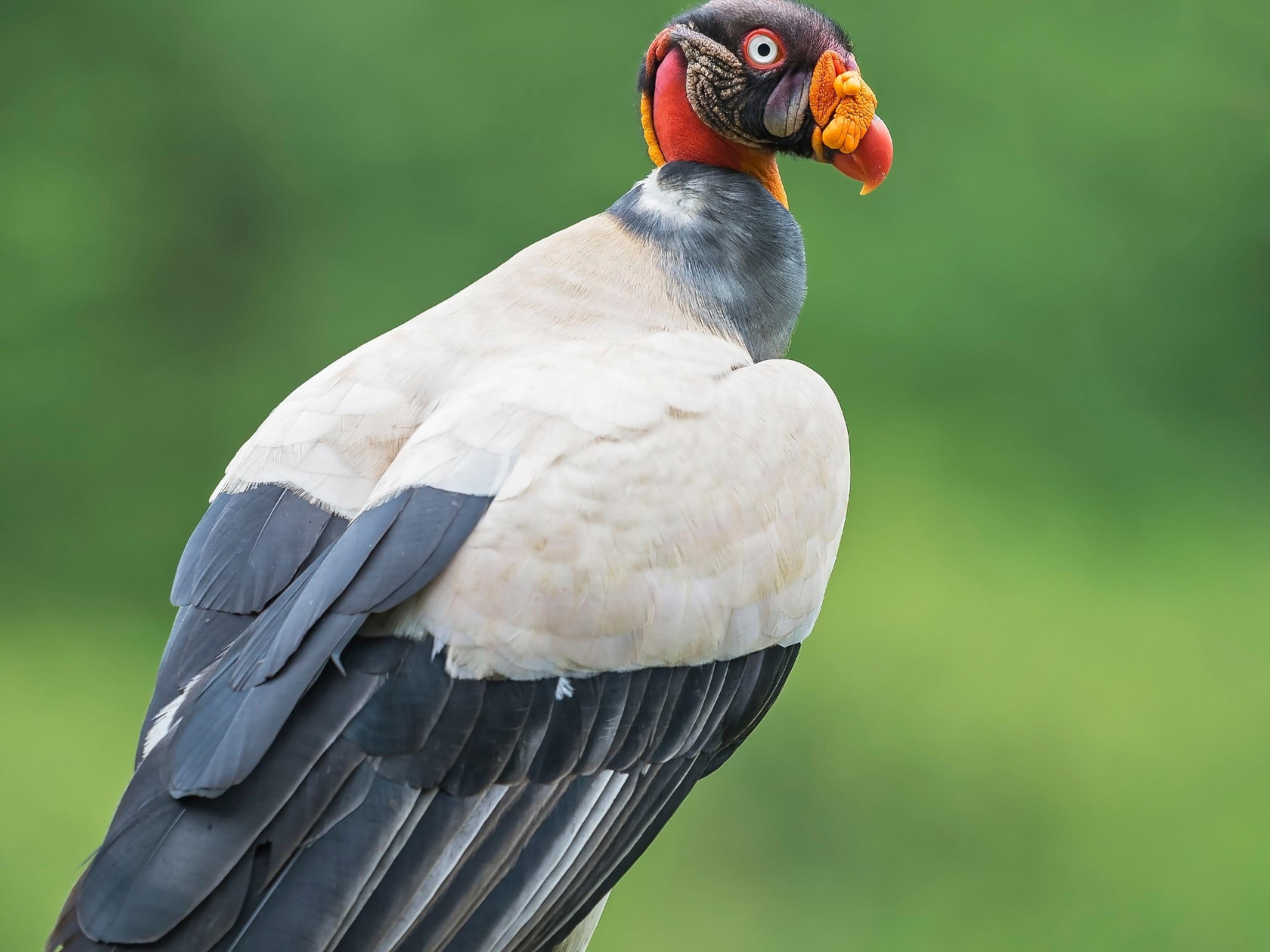
The King Vulture is a large bird found in Central and South America. It can have a wingspan of up to 2 meters (6.6 feet) and weigh up to 4.5 kg (10 lbs).
The bird has mostly white plumage with black flight feathers. The head and neck are bald, and the skin can be bright orange, red, yellow, or blue.
• Region of Habitat: Central and South America
• Scientific Name: Sarcoramphus papa
• Place of Origin: Tropical Americas
• Feeding Habits: Carnivorous scavenger, carrion
• What Sound They Make: Generally silent, occasional grunts and hisses
Fun Facts: Despite their name, King Vultures are not related to Old World vultures. They have one of the strongest beaks of all birds, capable of tearing through tough hides.
In Mayan mythology, the King Vulture was seen as a messenger between humans and the gods.
18. Krill
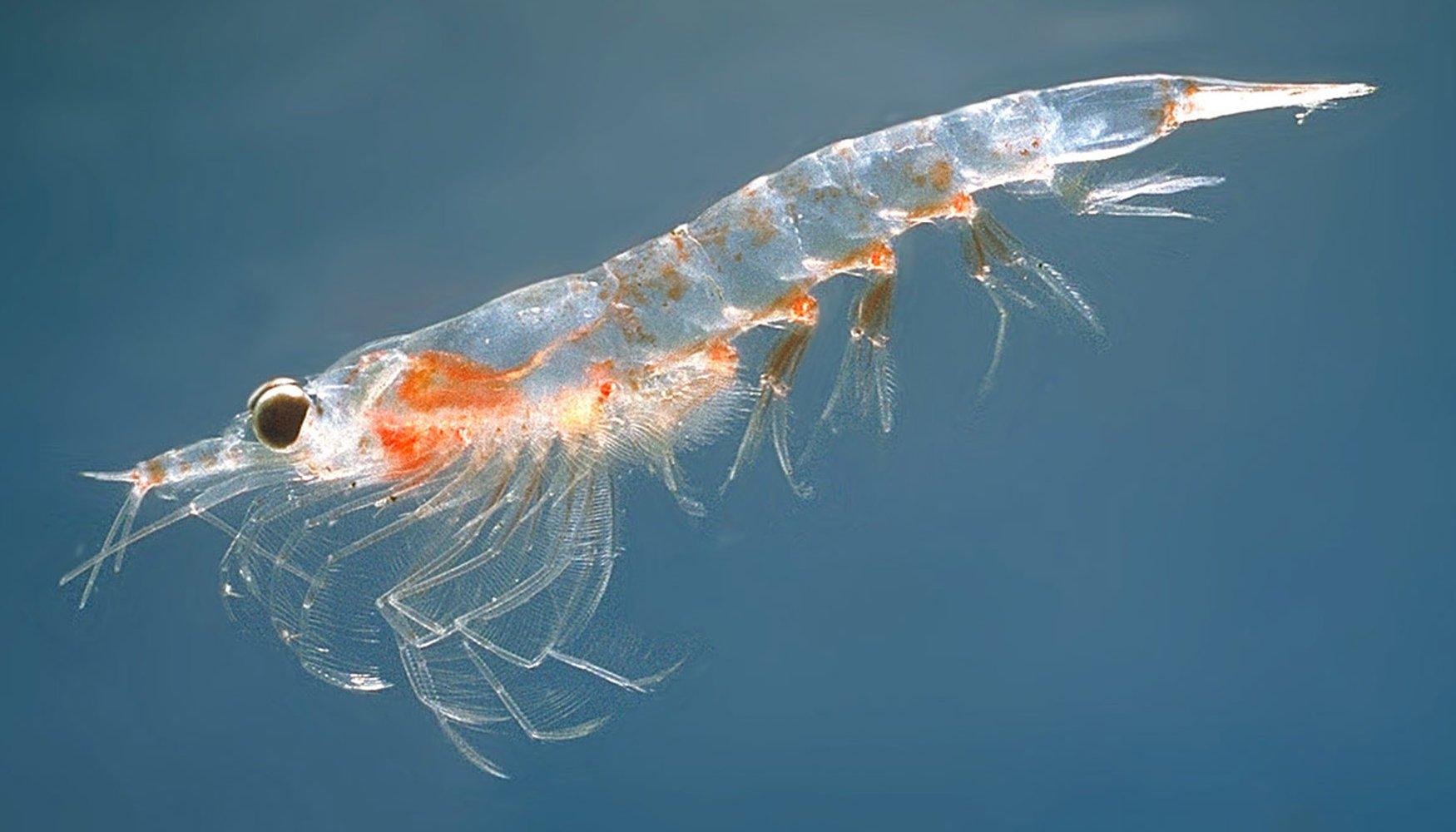
Krill are small crustaceans found in all the world’s oceans. They typically measure 1-2 cm (0.4-0.8 inches) in length, although some species can reach up to 6 cm (2.4 inches).
Krill have a transparent exoskeleton, large black eyes, and several pairs of legs. Their shells are usually pale red due to carotenoid pigments.
• Region of Habitat: All oceans worldwide
• Scientific Name: Euphausiacea
• Place of Origin: Ancient oceans
• Feeding Habits: Omnivorous, primarily phytoplankton
• What Sound They Make: No known vocalizations
Fun Facts: Krill forms some of the largest biomass concentrations on the planet. They can live in swarms so dense and widespread that they can be seen from space.
Krill are a keystone species in many marine ecosystems, serving as a primary food source for whales, seals, and many fish species.
19. Kudu
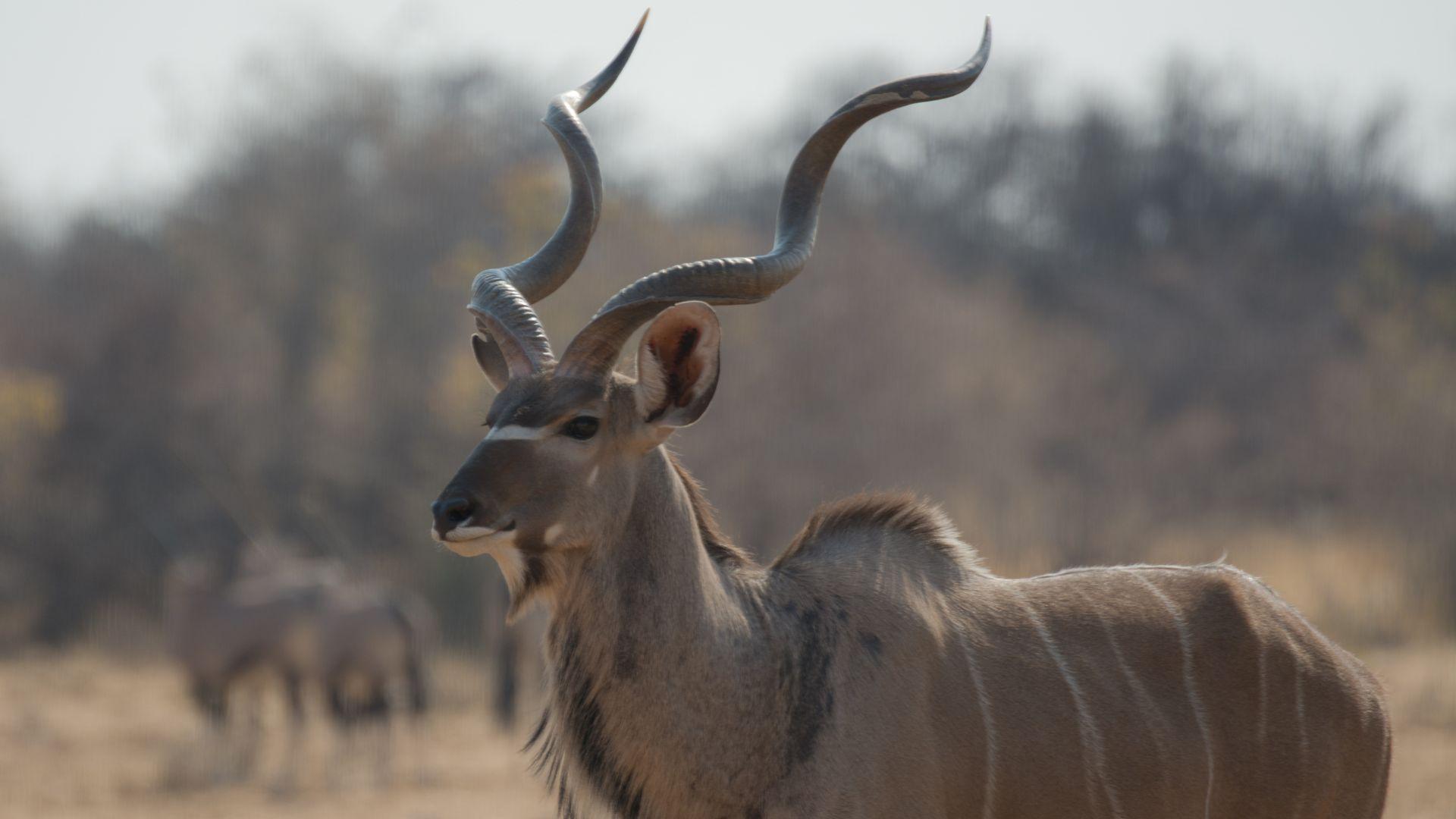
Kudus are large antelopes native to eastern and southern Africa. There are two species: the greater and lesser kudu.
Greater kudus can reach a shoulder height of 160 cm (63 inches) and weigh up to 315 kg (694 lbs).
They have distinctive spiral horns, which can grow up to 180 cm (71 inches) long in males. Their coat is greyish-brown with white vertical stripes.
• Region of Habitat: Eastern and Southern Africa
• Scientific Name: Tragelaphus
• Place of Origin: Africa
• Feeding Habits: Herbivorous, leaves, shoots, and fruits
• What Sound They Make: Barks when alarmed
Fun Facts: Kudu horns were traditionally used to make musical instruments. Despite their large size, kudus are excellent jumpers and can clear fences over 2 meters (6.6 feet) high.
They have excellent camouflage, allowing them to vanish quickly in bush environments.
20. Kingsnake
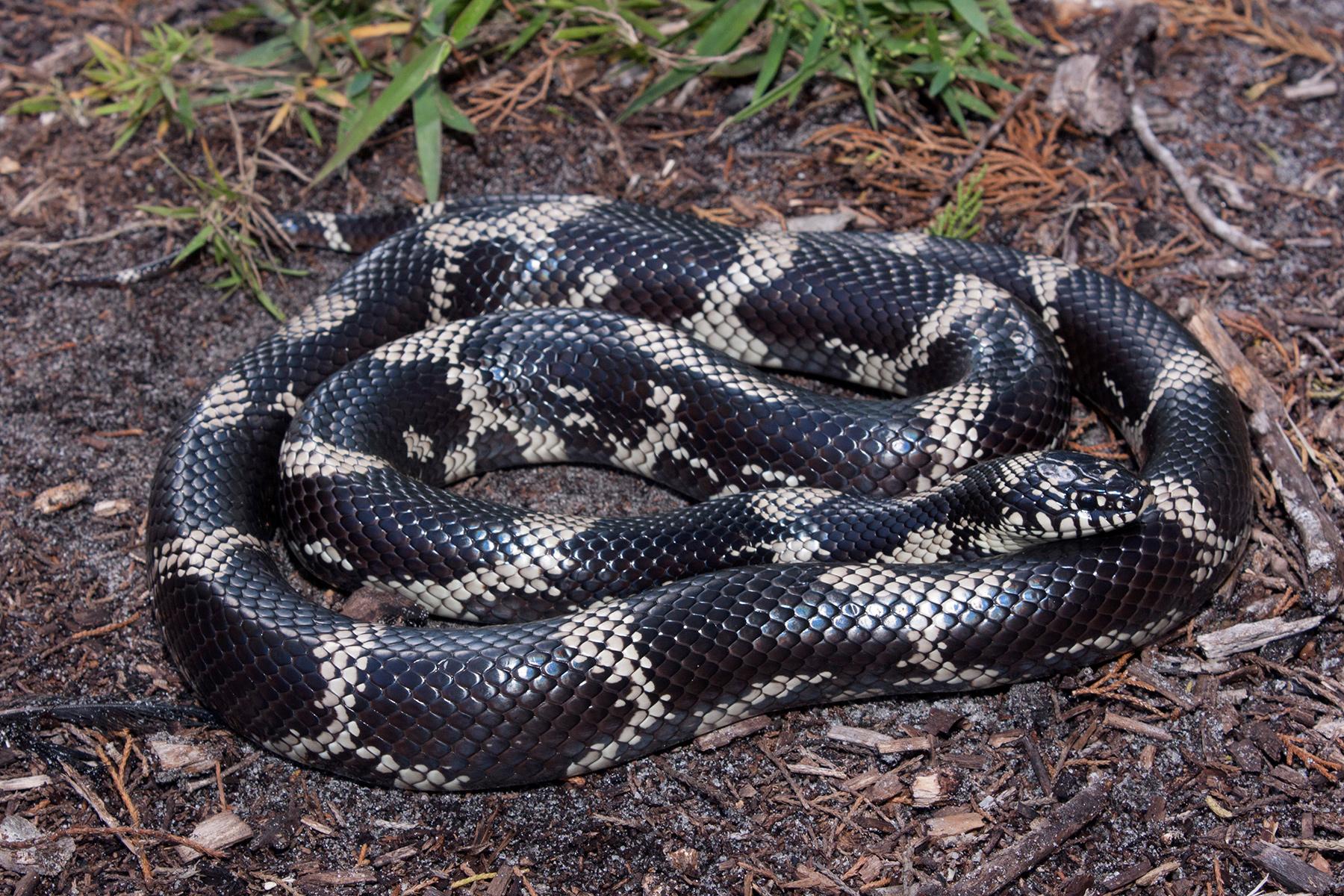
Kingsnakes are a genus of nonvenomous constrictors found in North and Central America. They typically range from 60 to 150 cm (2 to 5 feet) in length.
Kingsnakes are known for their striking coloration, often featuring black, red, and yellow bands. They have smooth scales and a relatively small head compared to their body.
• Region of Habitat: North and Central America
• Scientific Name: Lampropeltis
• Place of Origin: Americas
• Feeding Habits: Carnivorous, small mammals, birds, and other snakes
• What Sound They Make: Hiss when threatened
Fun Facts: Kingsnakes are immune to the venom of pit vipers and often prey on these venomous snakes.
Their coloration often mimics that of venomous coral snakes, a form of Batesian mimicry.
Some kingsnake species are popular in the pet trade due to their docile nature and beautiful patterns.
21. Kaka
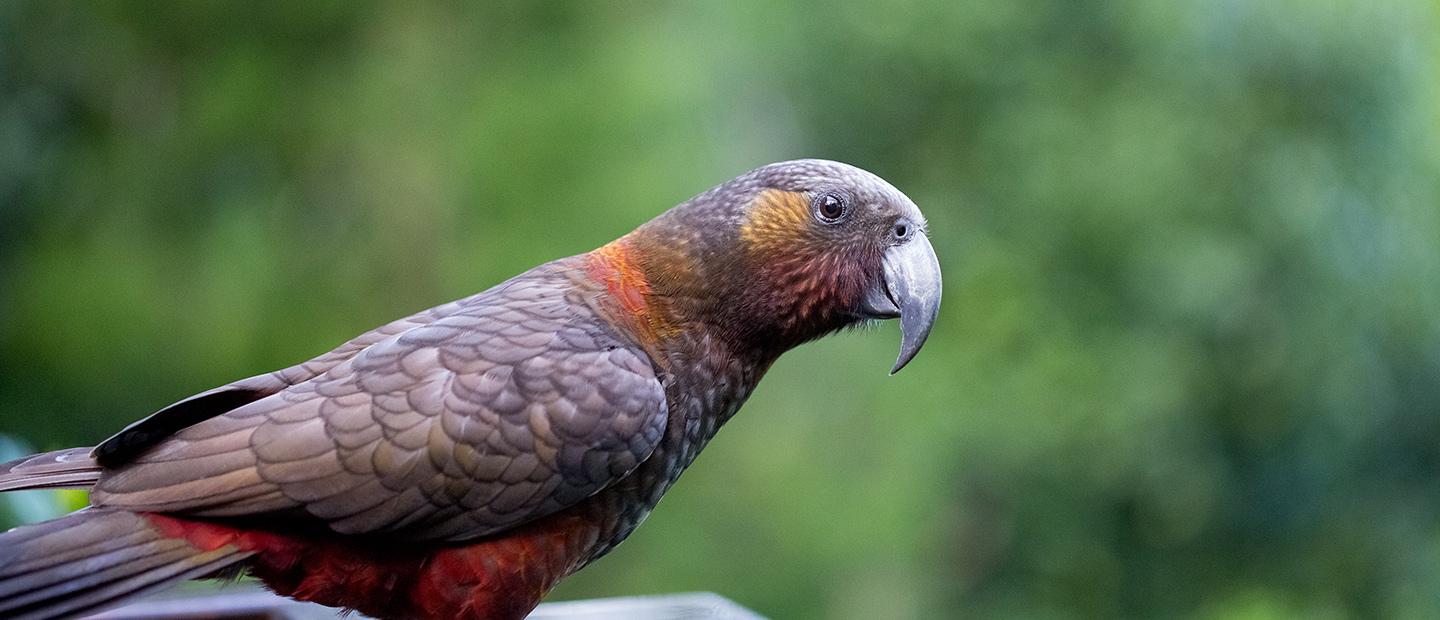
The Kaka is a large species of parrot native to New Zealand. They measure about 45 cm (18 inches) in length and weigh 390-560 grams (14-20 oz).
Kakas have olive-brown plumage with scarlet underwings and a grey-white crown. They have a large, curved beak typical of parrots and strong feet for climbing.
• Region of Habitat: New Zealand
• Scientific Name: Nestor meridionalis
• Place of Origin: New Zealand
• Feeding Habits: Omnivorous, fruits, nuts, nectar, and insects
• What Sound They Make: Harsh “ka-aa” and melodious whistles
Fun Facts: Kakas are known for their intelligence and curiosity. They are important in New Zealand’s forest ecosystems as pollinators and seed dispersers.
Kakas have brush-tipped tongues that help them extract nectar from flowers.
22. Karakul Sheep
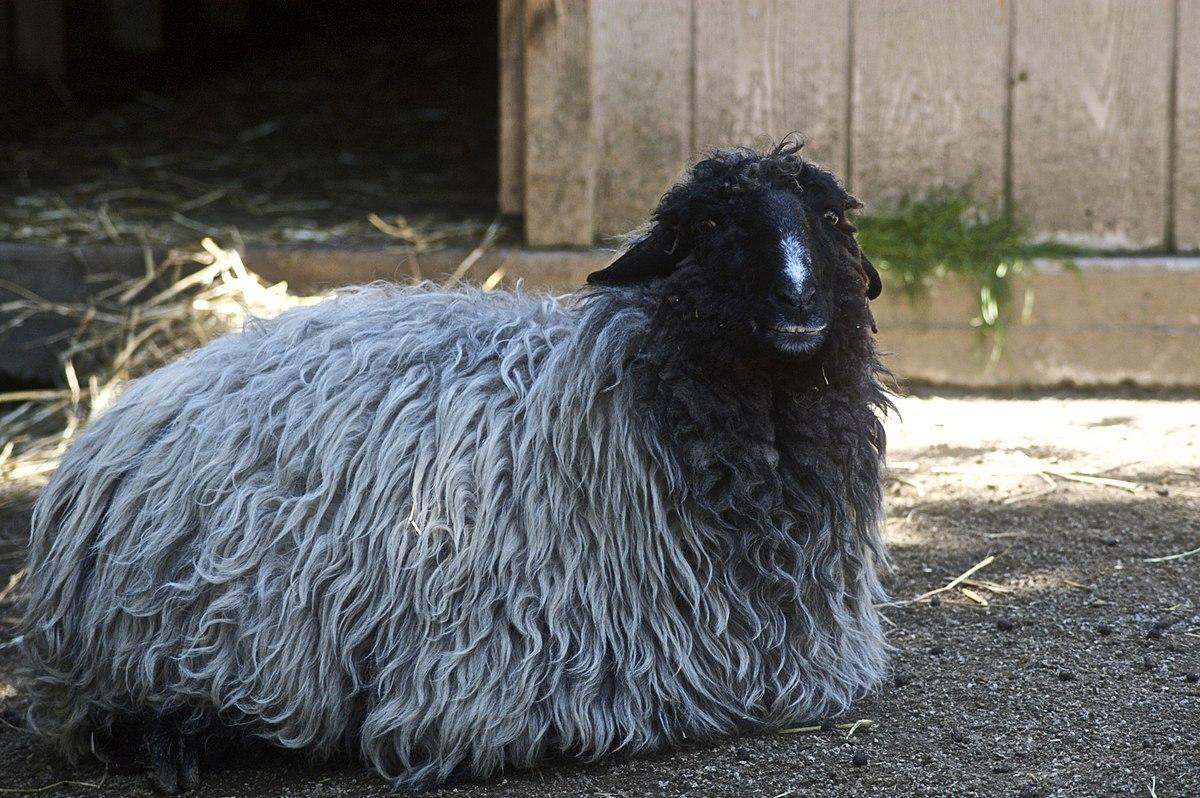
Karakul sheep are a domestic breed known for their distinctive curly wool. Adults typically weigh 40-50 kg (88-110 lbs) for ewes and 50-80 kg (110-176 lbs) for rams.
They have a unique fat deposit at the base of their tail. Lambs are born with a tightly curled coat that loosens as they age.
• Region of Habitat: Central Asia, also bred worldwide
• Scientific Name: Ovis aries
• Place of Origin: Central Asia
• Feeding Habits: Herbivorous, grass and other vegetation
• What Sound They Make: Bleating
Fun Facts: Karakul lambs are known for their soft, curly pelts, which were used in the fur trade. The breed is one of the oldest known domesticated sheep breeds.
Karakul sheep are well-adapted to harsh desert conditions and can survive on sparse vegetation.
23. Kea
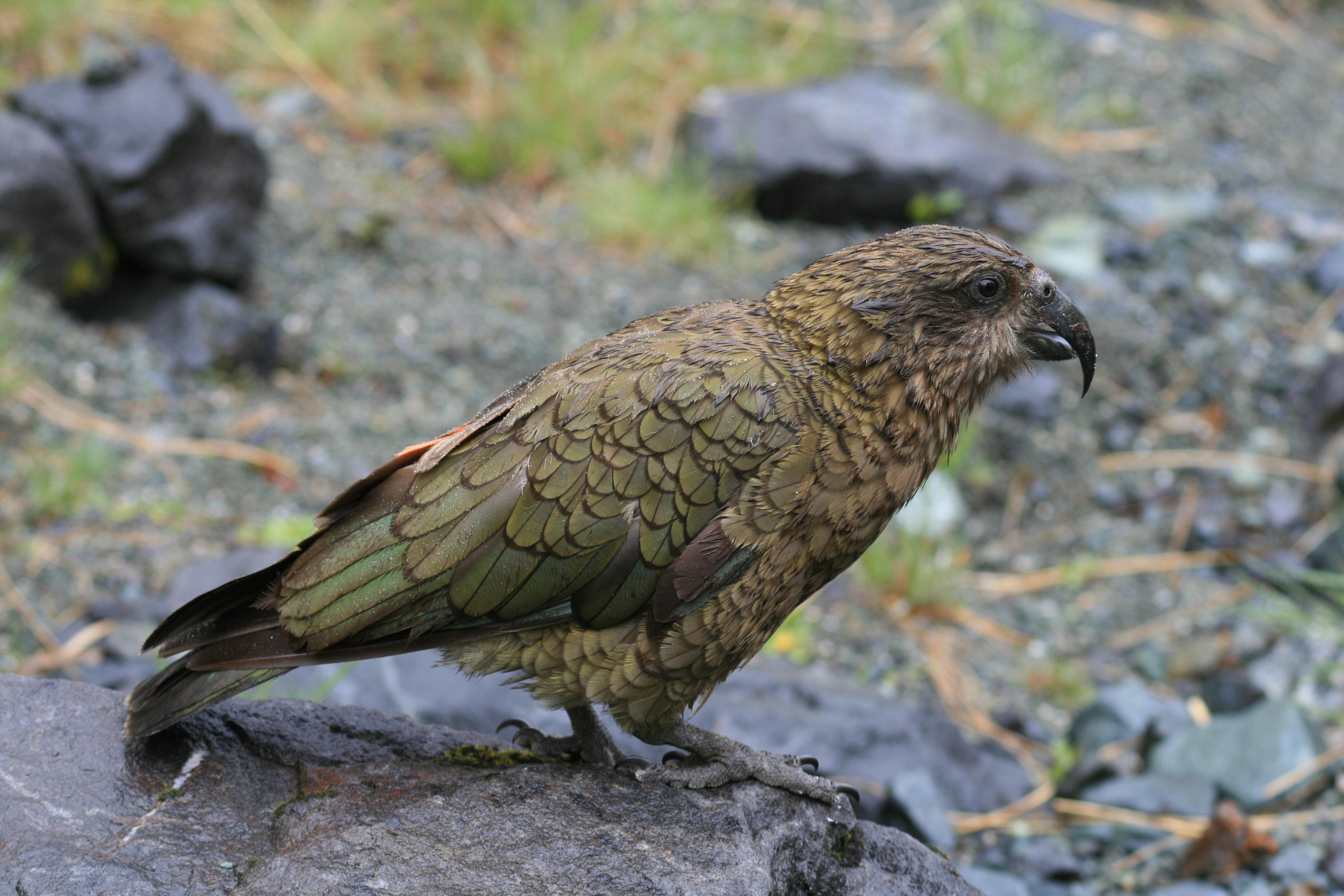
The Kea is a large parrot species native to New Zealand’s South Island. It measures about 48 cm (19 inches) and weighs 800-1000 grams (28-35 oz).
Keas have olive-green plumage, scarlet underwings, and a large, curved grey-brown beak. They have strong, zygodactyl feet adapted for climbing and manipulating objects.
• Region of Habitat: South Island of New Zealand
• Scientific Name: Nestor notabilis
• Place of Origin: New Zealand
• Feeding Habits: Omnivorous, roots, leaves, berries, and occasionally carcasses
• What Sound They Make: High-pitched squawks and whistles
Fun Facts: Keas are known for their intelligence and curiosity. They often interact with humans and their possessions. They are the world’s only alpine parrot.
Keas has been observed using tools and solving complex puzzles, demonstrating high cognitive abilities.
24. Kob
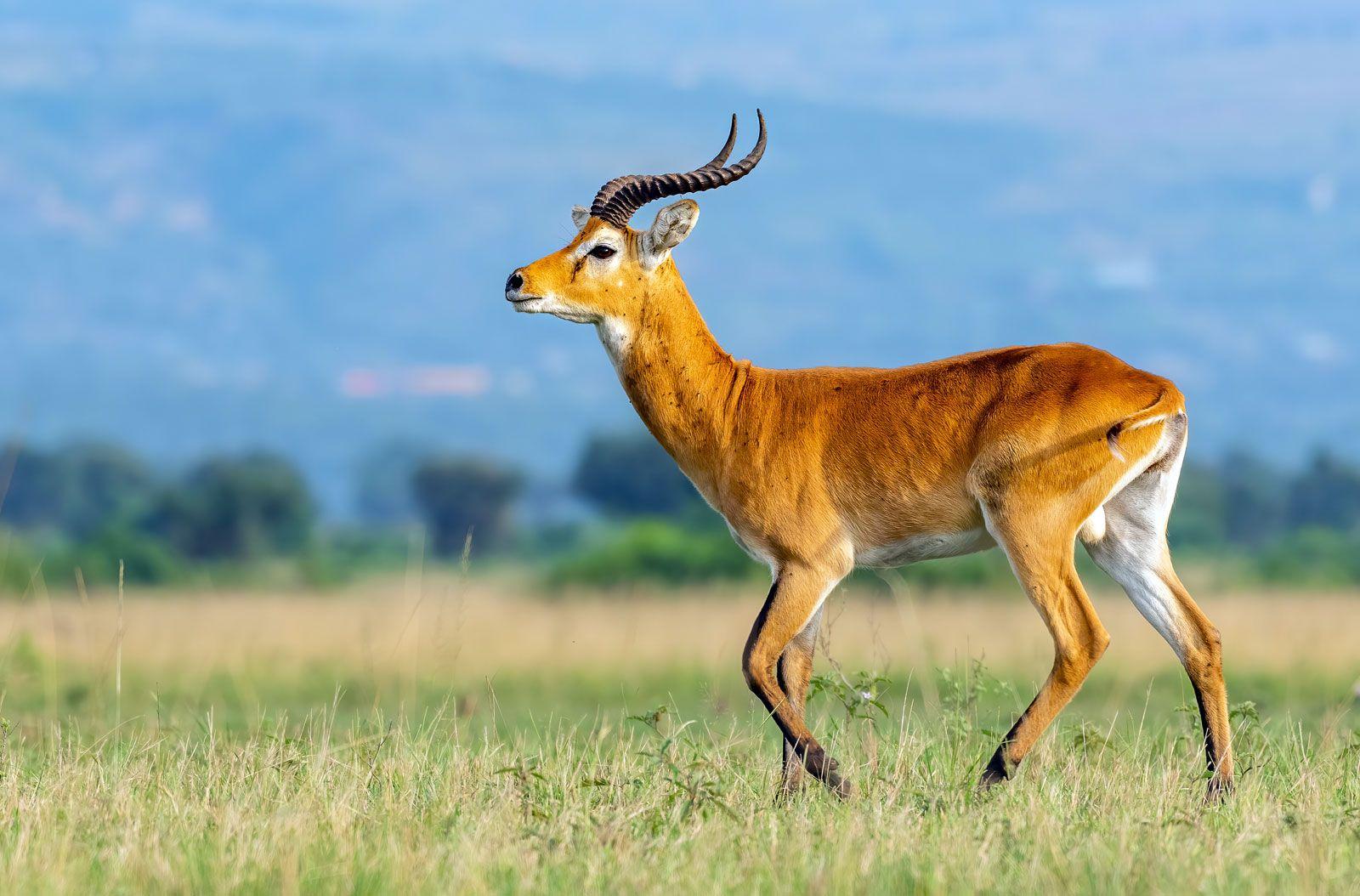
The Kob is a type of antelope found in Sub-Saharan Africa. They stand about 90-100 cm (35-39 inches) at the shoulder and weigh 70-120 kg (154-265 lbs).
Male kobs have long, lyre-shaped horns. Their coat is typically reddish-brown, with white underparts and black leg markings.
• Region of Habitat: Sub-Saharan Africa
• Scientific Name: Kobus kob
• Place of Origin: Africa
• Feeding Habits: Herbivorous, grass and aquatic plants
• What Sound They Make: Whistles and snorts
Fun Facts: Kobs are known for their unique breeding behavior, where males defend small territories within a larger mating arena.
They are well-adapted to floodplains and can swim well. Kobs play an important role in their ecosystems as prey for large predators.
25. Koolie Dog
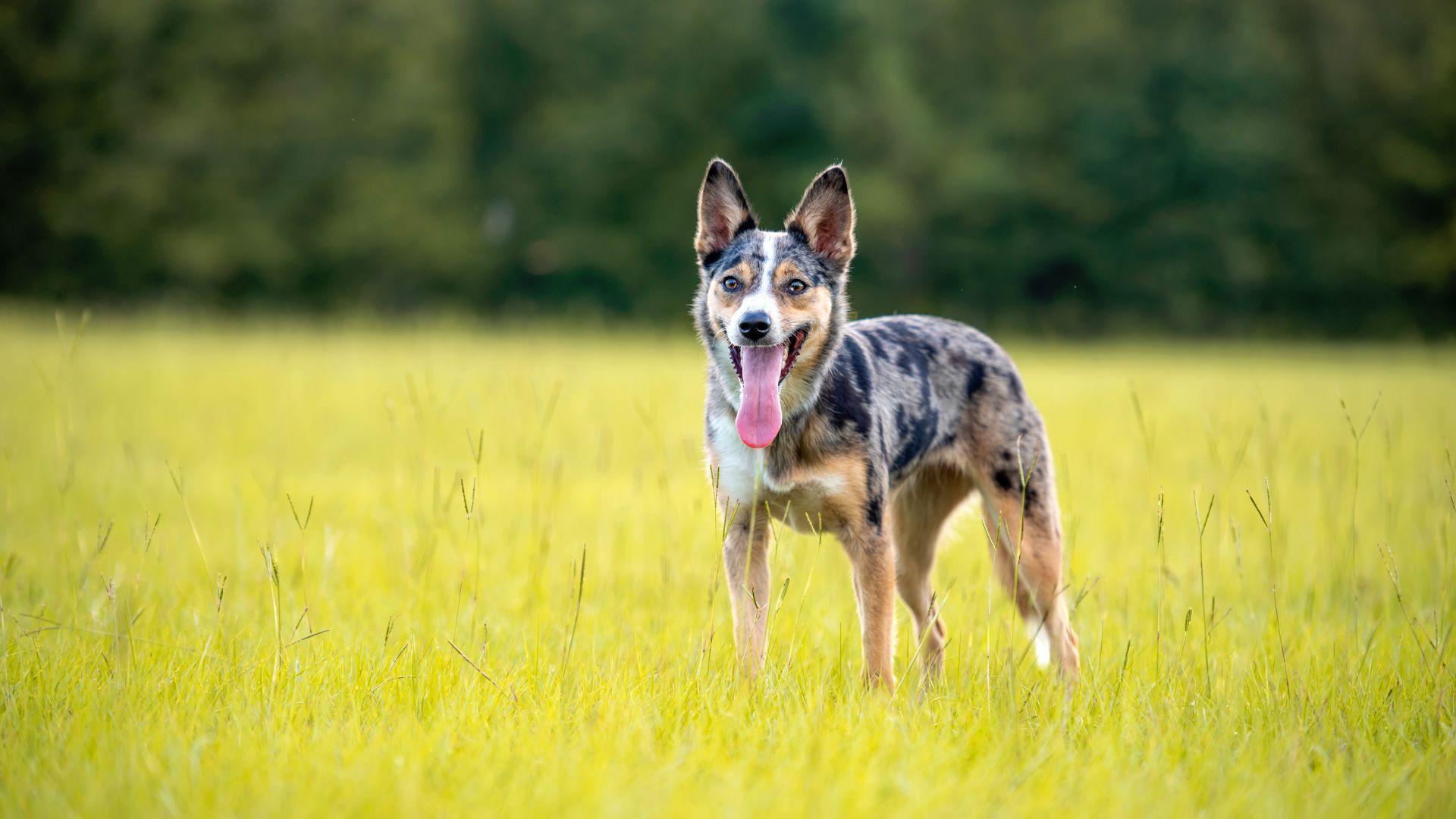
The Koolie is an Australian herding dog breed. It typically stands 40-60 cm (16-24 inches) at the shoulder and weighs 15-30 kg (33-66 lbs).
Koolies have short to medium-length coats that can be solid-colored, merle, or tri-colored. They have erect or semi-pricked ears and eyes that can be blue, brown, or parti-colored.
• Region of Habitat: Australia
• Scientific Name: Canis lupus familiaris
• Place of Origin: Australia
• Feeding Habits: Omnivorous, commercial dog food and meat
• What Sound They Make: Barks and howls
Fun Facts: Koolies are known for their high energy and strong work ethic. They are excellent at herding various animals, from sheep to cattle.
The breed is relatively rare outside of Australia. Koolies are highly intelligent and can be trained for various tasks beyond herding.
26. Killdeer
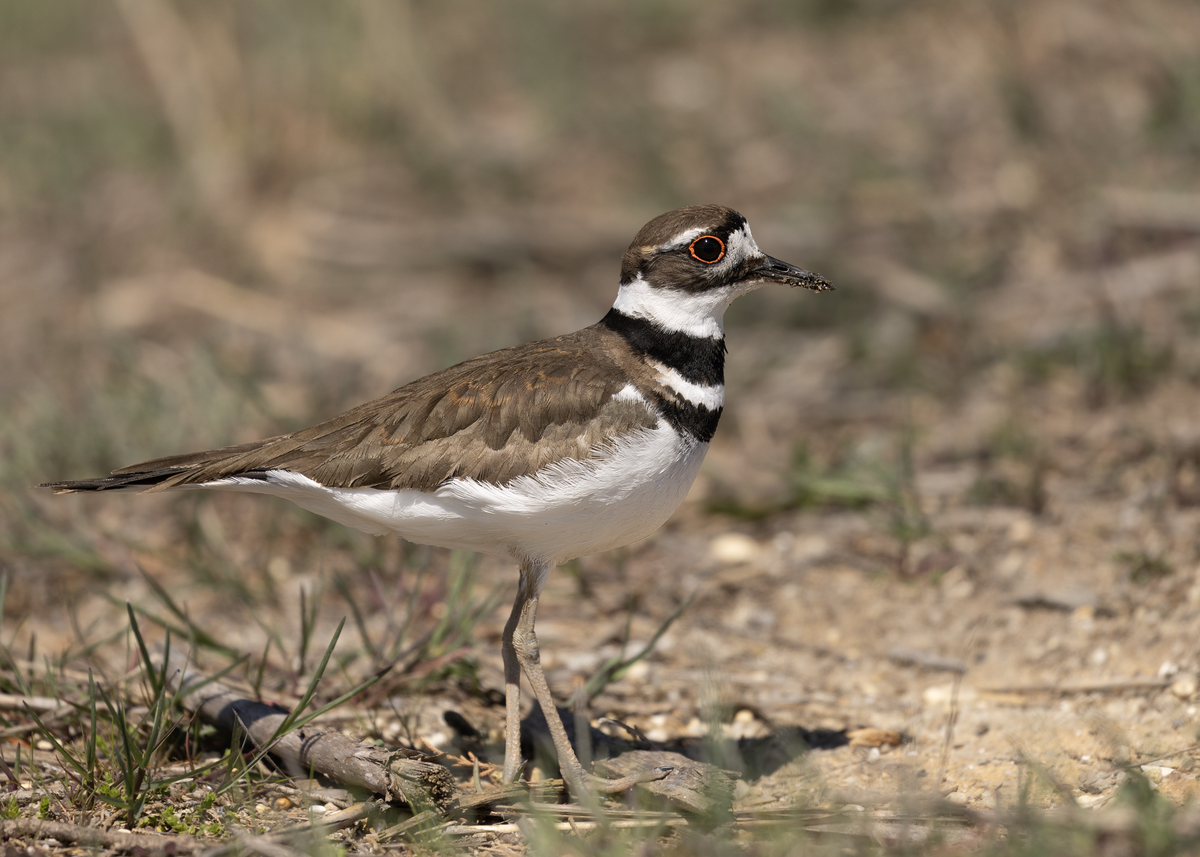
The Killdeer is a medium-sized plover found in the Americas. They measure about 20-28 cm (8-11 inches) in length and have a wingspan of 59-63 cm (23-25 inches).
Killdeers have brown upperparts, white underparts, and distinctive black bands on their neck and chest. They have long legs and a short bill.
• Region of Habitat: North and South America
• Scientific Name: Charadrius vociferus
• Place of Origin: Americas
• Feeding Habits: Carnivorous insects and small invertebrates
• What Sound They Make: Loud, repeating “kill-deer” call
Fun Facts: Killdeers are known for their “broken wing” display, where they pretend to be injured to lure predators away from their nests.
They often nest on gravel roofs or parking lots, adapting well to human environments. Killdeer chicks are precocial, able to run around and feed themselves shortly after hatching.
27. King Mackerel
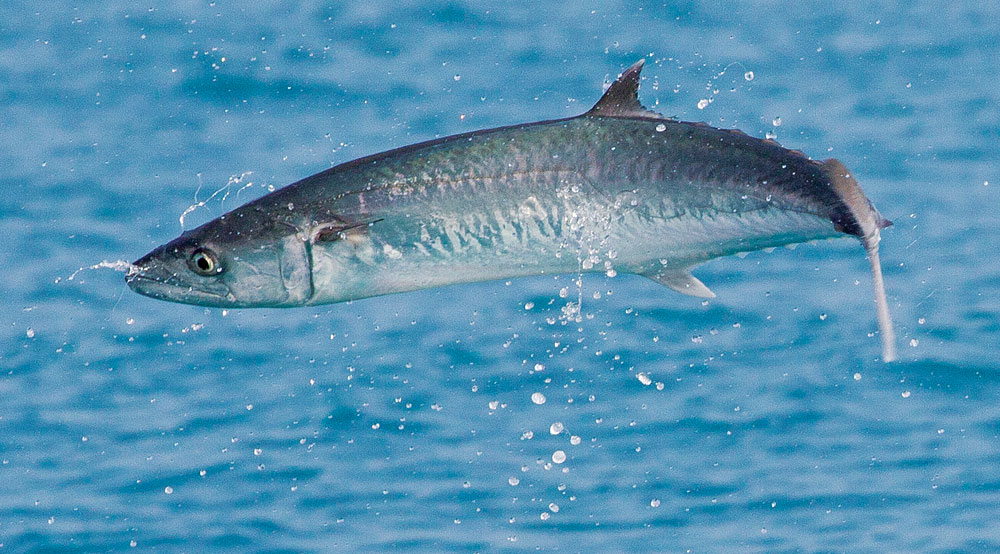
The King Mackerel is a large predatory fish in the Atlantic Ocean and Gulf of Mexico. They can grow up to 1.8 meters (6 feet) in length and weigh up to 45 kg (100 lbs).
King Mackerel has a streamlined, elongated body with a forked tail. Their coloration is dark blue-green on the back and silvery on the sides and belly.
• Region of Habitat: Western Atlantic Ocean and Gulf of Mexico
• Scientific Name: Scomberomorus cavalla
• Place of Origin: Atlantic coastal waters
• Feeding Habits: Carnivorous, smaller fish and squid
• What Sound They Make: No known vocalizations
Fun Facts: King Mackerel are prized game fish known for their speed and fighting ability when hooked. They can swim up to 80 km/h (50 mph).
King Mackerel is an important species for both commercial and recreational fishing industries.
28. Kulunda Horse
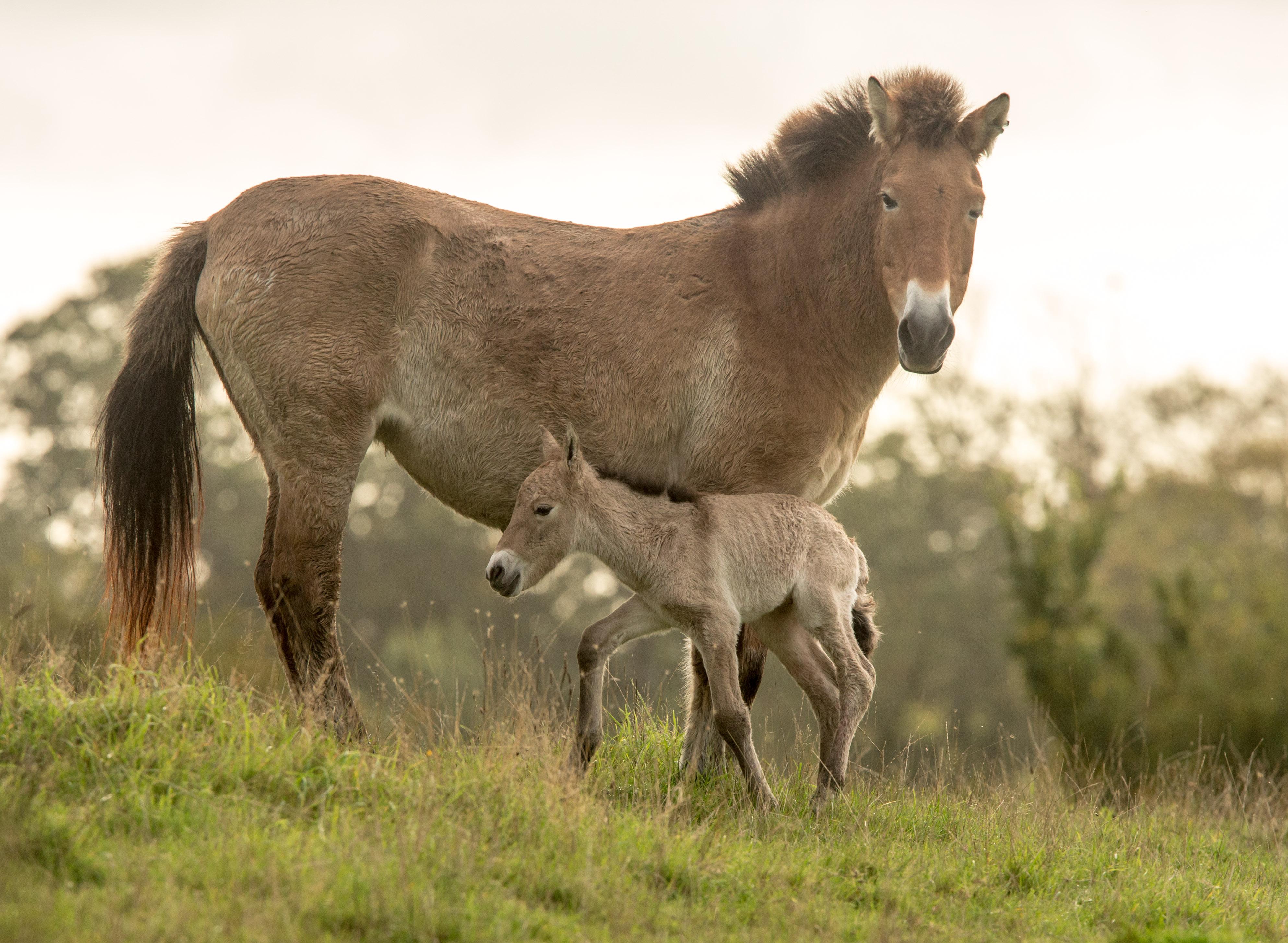
The Kulunda Horse is a rare breed of horse native to the Kulunda steppe in Siberia. It typically stands 135-140 cm (53-55 inches) at the withers and weighs 350-400 kg (770-880 lbs).
Kulunda Horses have a sturdy build, a large head, a short neck, and strong legs. Their coat is usually bay, black, or chestnut.
• Region of Habitat: Siberia, Russia
• Scientific Name: Equus ferus caballus
• Place of Origin: Kulunda steppe, Siberia
• Feeding Habits: Herbivorous, grass and other vegetation
• What Sound They Make: Neighs and whinnies
Fun Facts: Kulunda Horses are well-adapted to harsh Siberian conditions, can survive extreme cold, and find food under snow.
They are known for their endurance and sure-footedness. Despite their small size, they are strong enough for riding and light draft work.
29. Kouprey
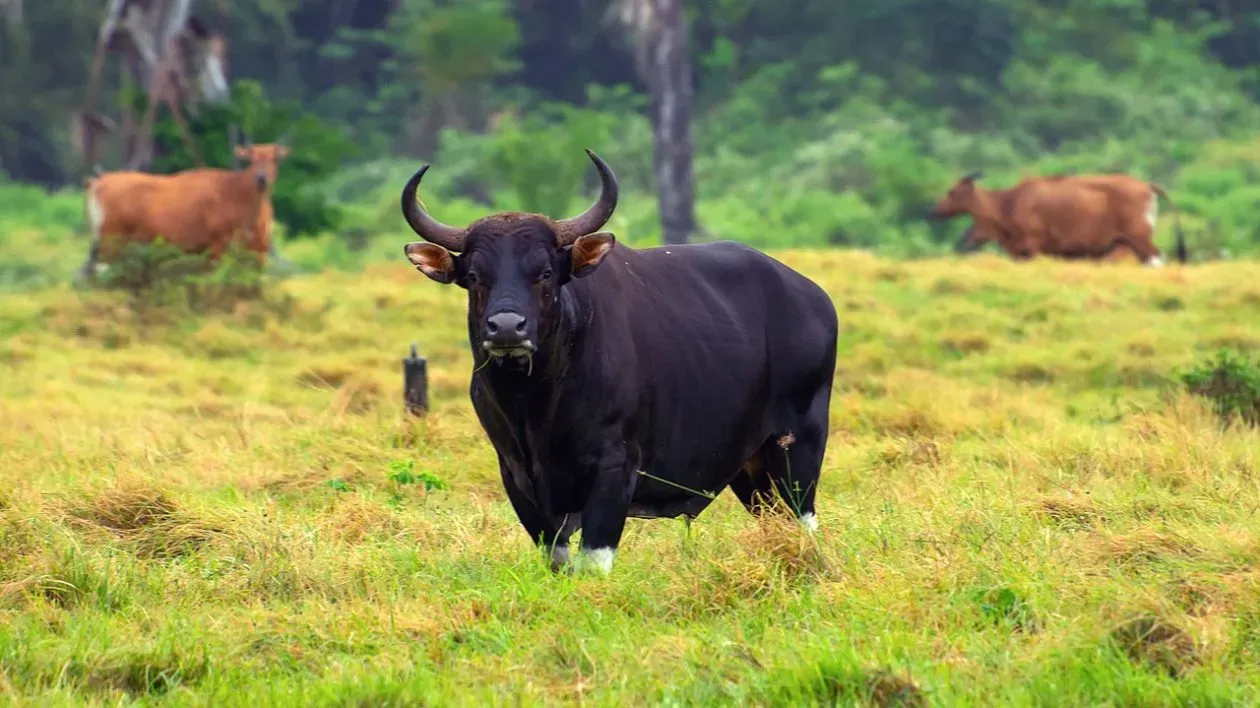
The Kouprey is a wild forest-dwelling ox native to Southeast Asia. They can stand up to 1.9 meters (6.2 feet) at the shoulder and weigh up to 900 kg (2,000 lbs).
Koupreys have a tall, narrow body, long legs, and a humped back. Males have distinctive twisted horns. Their coat is typically grey or brown.
• Region of Habitat: Cambodia, southern Laos, and eastern Thailand
• Scientific Name: Bos sauveli
• Place of Origin: Southeast Asia
• Feeding Habits: Herbivorous, grass, leaves, and fruits
• What Sound They Make: Low grunts and bellows
Fun Facts: The Kouprey is critically endangered and may already be extinct in the wild. They were only scientifically described in 1937.
Koupreys are sometimes called “forest oxen” or “grey oxen.” They are believed to be resistant to several diseases that affect domestic cattle.
30. Keeshond
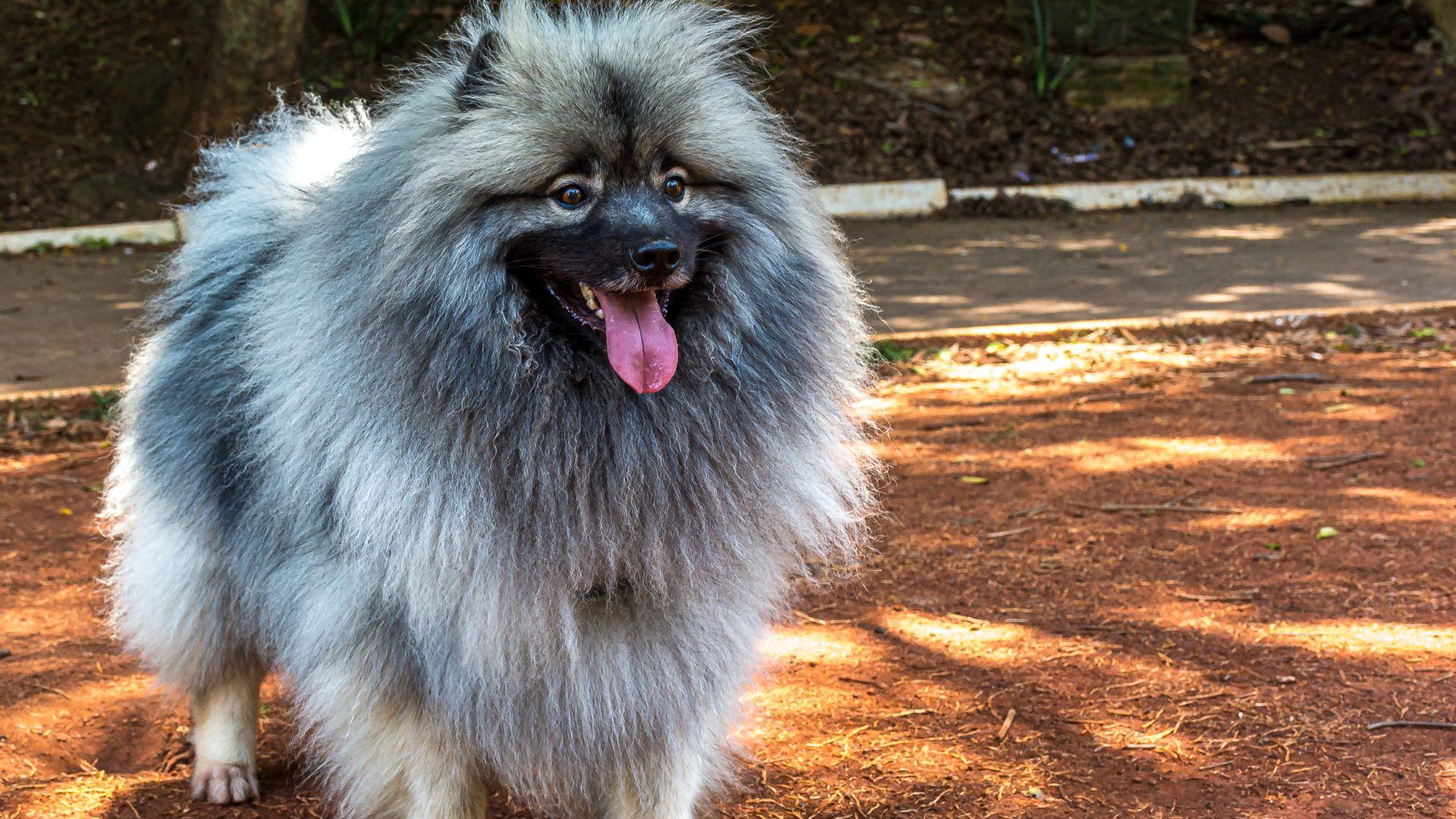
The Keeshond is a medium-sized dog breed from the Netherlands. It typically stands 43-46 cm (17-18 inches) at the shoulder and weighs 15-20 kg (33-44 lbs).
Keeshonds have a distinctive appearance with a thick, double coat that forms a “lion’s mane” around the neck. Their fur is usually a mixture of grey, black, and cream.
• Region of Habitat: Worldwide as pets, originally from the Netherlands
• Scientific Name: Canis lupus familiaris
• Place of Origin: Netherlands
• Feeding Habits: Omnivorous, commercial dog food and meat
• What Sound They Make: Barks and howls
Fun Facts: Keeshonds were once popular as watchdogs on Dutch barges, earning them the nickname “Dutch Barge Dog.” They have a distinctive facial expression called the “Keeshond smile.”
Keeshonds are known for their friendly and outgoing personalities, making them excellent family pets.
Conclusion
We’ve encountered a diverse group of creatures as we conclude our exploration of animals with K names. Each animal shows us something unique about nature, from the powerful kangaroo to the gentle koala.
These animals with K names remind us of the variety of life on our planet. What stands out to you? Maybe the kiwi’s unusual appearance or the killer whale’s intelligence caught your attention.
Perhaps the Komodo dragon’s strength or the kingfisher’s bright colors impressed you. Whatever sparked your interest, there’s always more to learn about these charming K-named animals.
Why not pick your favorite from the list and find out more? Or, if you have the chance, try to spot some of these animals in a zoo or nature reserve.
Let’s appreciate and help protect the amazing wildlife surrounding us, including these interesting animals with K names.

